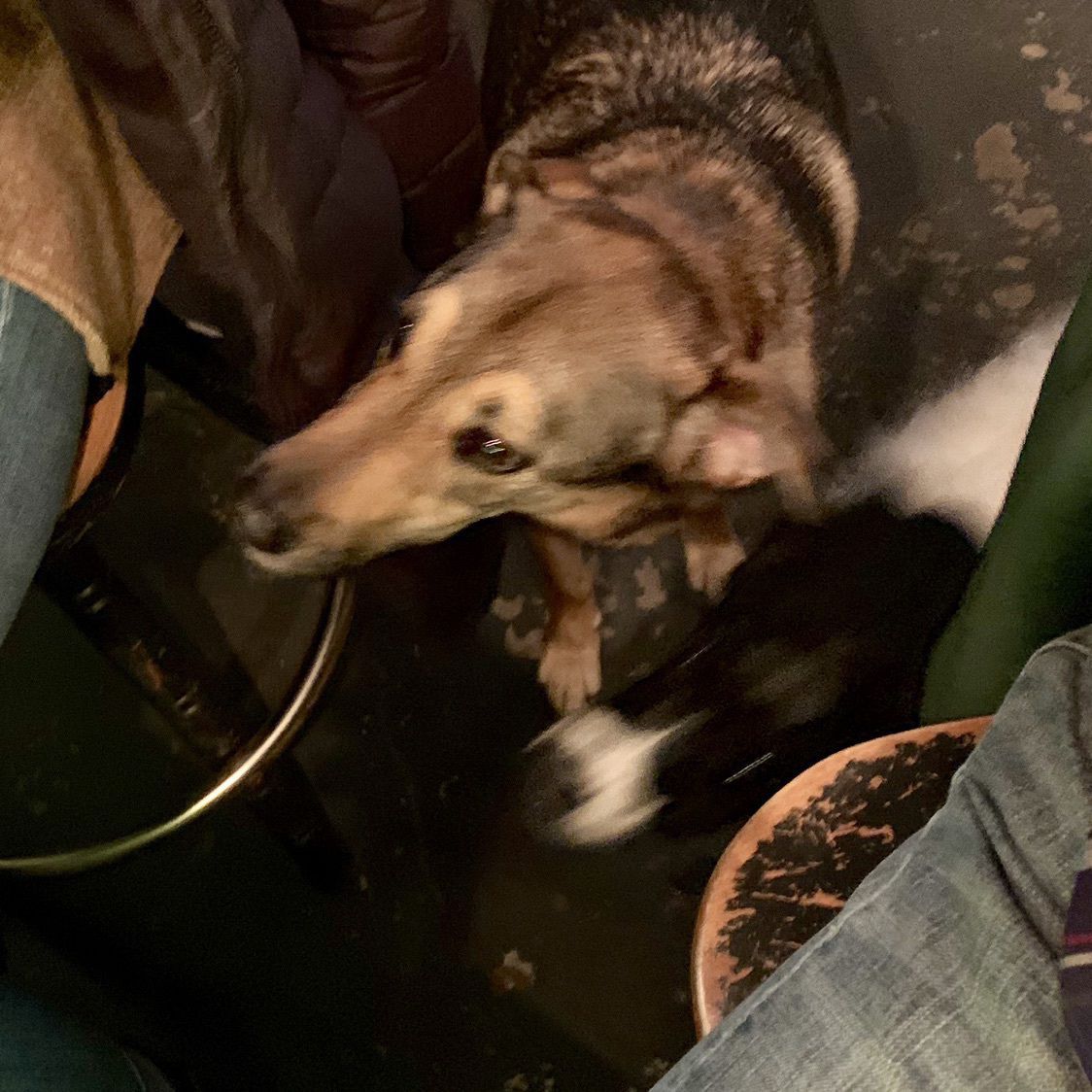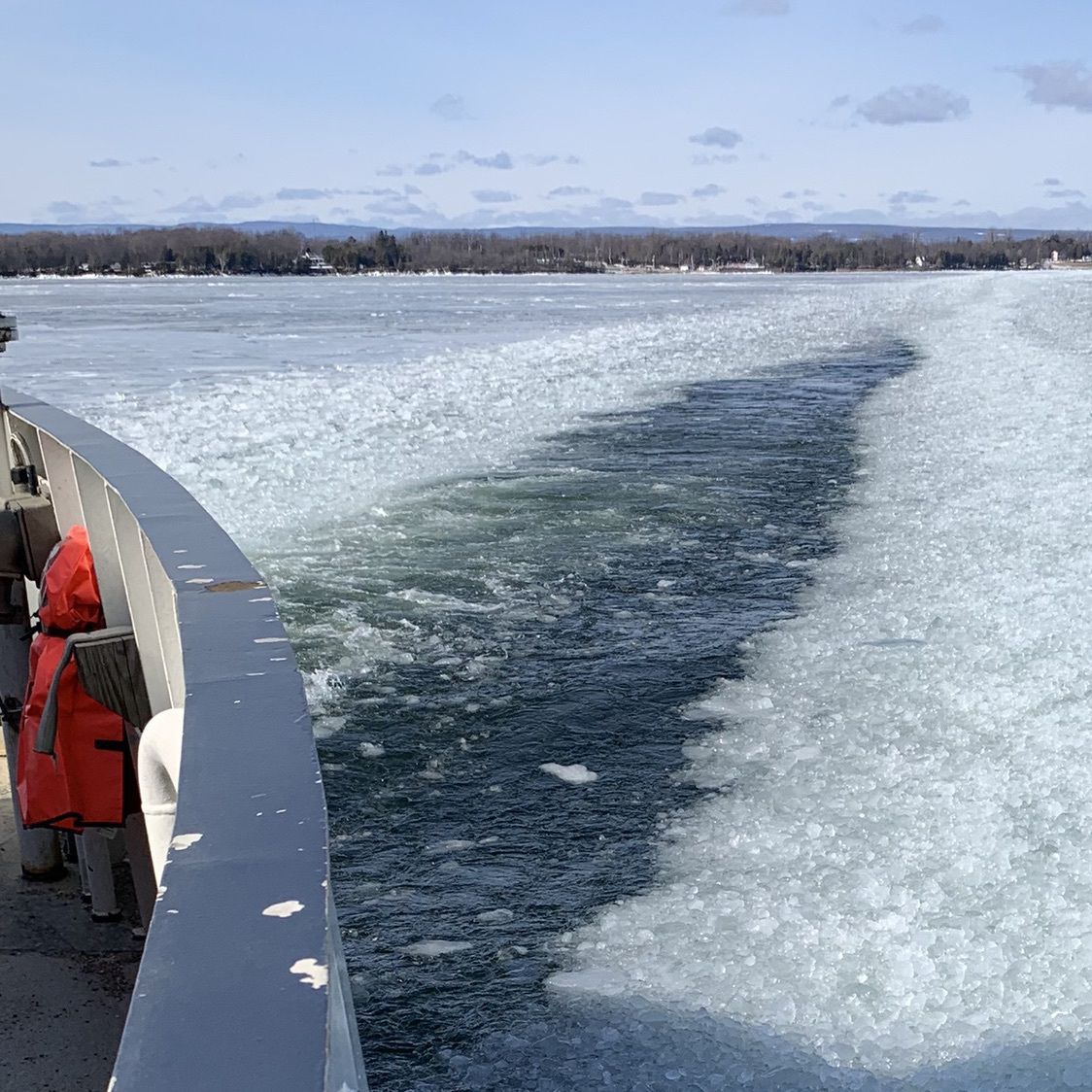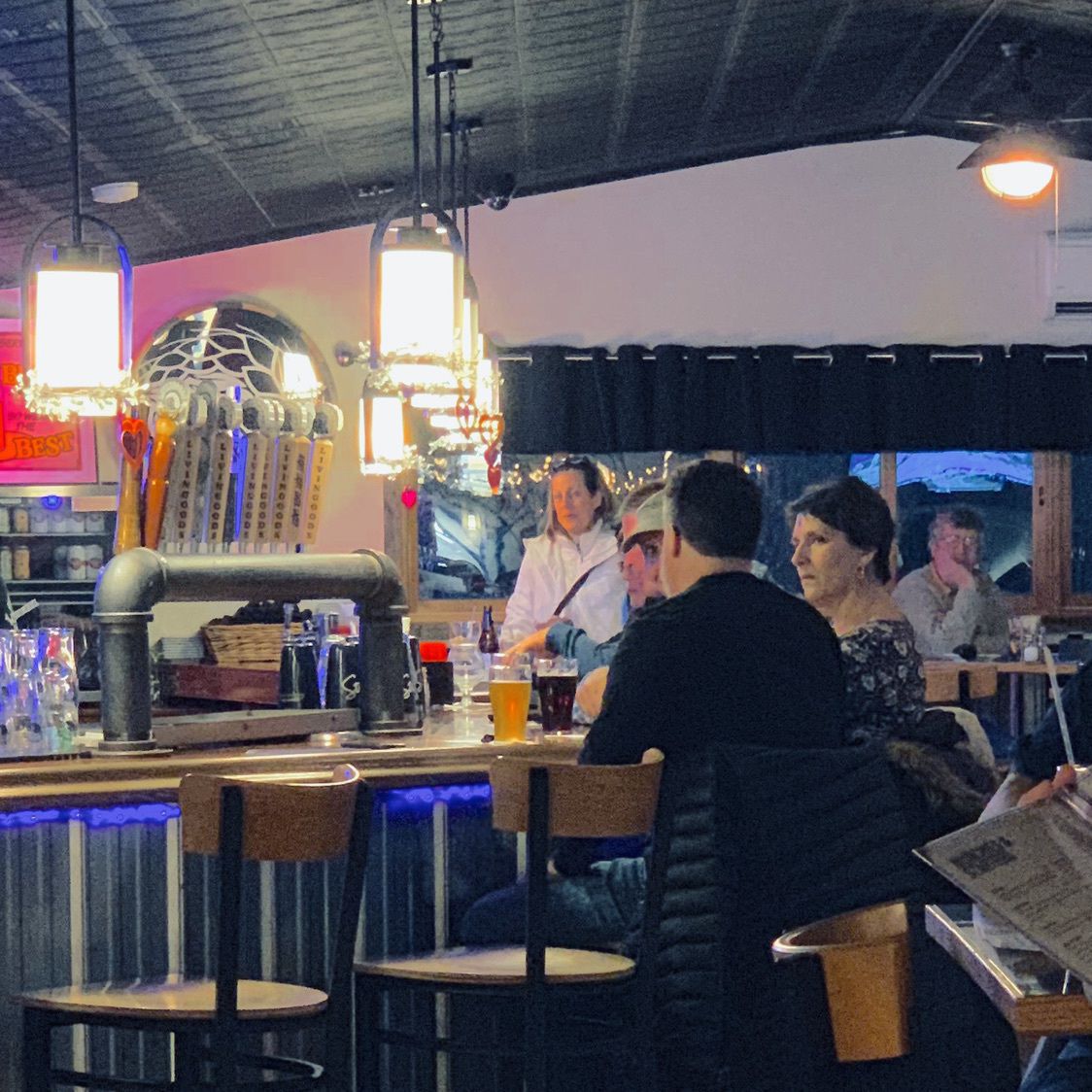On April 6, 2019, I delivered a version of the following as the keynote speech for the SUNY Plattsburgh Department of History’s annual awards luncheon and honor society induction ceremony. I am the history librarian and occasionally teach as an adjunct for the department. With this talk I wanted to draw on my own experiences to inspire especially the students becoming teachers to embrace local resources as an excellent way to get their students engaged with history.
First, thanks to the History department faculty for inviting me to speak. And second, congratulations to all of the students being inducted into Phi Alpha Theta today. I work with a number of different departments on campus and I know how challenging your program is, and the level of work you have all done to excel.
Many of you, I know, are going to become teachers, in either primary or secondary school. Some of you are going to go into museum, library, or archival work. And perhaps some of you are going to follow your professors’ path and attend graduate school in history. In all these fields you will be educators. Even if you’re going into a different career, you’re still citizens, and you’ve been historically trained — you may find yourselves needing or wanting to educate your community about history.
This talk is about teaching history in all these aspects. I’ve titled it “Teaching History from the Local” and not “Teaching Local History” — you’ll see the difference.
I want to begin with my own, somewhat unusual, path into history teaching, because I think it will illuminate some of the other things I have to say.
My undergraduate degree was in anthropology, not history. I worked for a number of years as an archaeologist, mostly for Colonial Williamsburg. If you haven’t been there, Colonial Williamsburg is a large open-air living history museum in Tidewater Virginia. They have a research arm that does a great deal of historical, archaeological, and architectural research. So with CW I excavated historic sites — notably a seventeenth-century plantation house, a colonial theater, and a colonial coffeehouse.
Eventually I decided to pursue a doctorate in history and chose William and Mary because of its close links to Colonial Williamsburg and their history department’s willingness to accept students from material culture and archaeological backgrounds.
For eight summers in graduate school I taught in a program my advisor ran, for high school students while I was in graduate school. It was called the National Institute for American History and Democracy — NIAHD for short. The course was for college credit and ran for three weeks. Every day we would take the students to a different historic site. Often, because of Prof. Whittenburg’s connections, we would get a behind the scenes tour. At the same time, the students would read a serious scholarly article dealing directly with the history of the site we were visiting.
When we visited Bacon’s Castle, a seventeenth-century brick house in Surry County, Virginia, they read an article by T. H. Breen about the origins of Bacon’s Rebellion in labor practices and race and class divisions. When we visited Colonial Williamsburg, where every day there were living-history performances of aspects of the American Revolution, they might read an article by Woody Holton on enslaved persons’ contribution to triggering the war in Virginia.
I found that the site visits and the readings reinforced each other, not because they said the same things, but because they said different things about the same topics.
Sites and readings reinforce each other, not because they say the same thing, but because they say different things about the same thing. As a broad generalization, historic sites tell a sort of Whig history, emphasizing the march of progress; we chose readings that cut across that with a social-history perspective. The combination really clicked with the students; by giving them two very different interpretations of the same people, place, or event it allowed them to begin contrasting those and, eventually, judging between them.
I’m not posting a dichotomy here between material culture as non-scholarly and historical reading as scholarly. As my advisor told me when I was first moving from archaeology to history, “Archaeology is too important to be left to the archaeologists.”
This program worked tremendously well at helping students engage with history. As I began teaching here at Plattsburgh, I thought back to that experience to try to understand why NIAHD worked, and how I could incorporate that into the American Revolution course I taught last year.
First, there are an amazing number of historic sites close by Williamsburg. Monticello is two hours away; Mount Vernon two and a half. There are a number of Civil War sites within ninety minutes: Fredericksburg, Richmond, Petersburg, Fort Monroe. And within twenty minutes there’s Colonial Williamsburg, Jamestown, and Yorktown.
Second, there is a massive amount of excellent scholarship published on Virginia in the seventeenth through nineteenth centuries. And this scholarship has been written over decades or centuries, incorporating many different historiographical perspectives examining the same people, places, and events.
In trying to replicate aspects of NIAHD with my Revolution class I found the latter to be the biggest problem. There is simply not enough scholarly history on Plattsburgh and the North Country, or for that matter on most places, to replicate what can be done with Tidewater Virginia.
There is history, but it’s not scholarly. There’s scholarship relating to the region, but we only get a passing mention, if that. And even when there are single works, they’re not part of a larger historiography. I’m thinking here of Philip G. White’s Beekmantown, an excellent quantitative social history study of Beekmantown and Plattsburgh. There are no other works in conversation with it.
We do, however, have a surprising number of historic sites and museums. Ticonderoga is only ninety minutes away, for example. And we have quite a few smaller museums here in Clinton County. But they aren’t as well funded, and not as deeply studies or interpreted, as those in Tidewater Virginia.
What I concluded as I was teaching my Revolution course was that students needed to read, in depth, local primary sources, and then interpret those in the light of secondary sources that dealt with the same topics in areas regions similar to ours.
In that course, students read, transcribed, and shared among themselves a series of letters from the 1810s between General Benjamin Mooers of Plattsburgh, commander of the New York militia in the War of 1812, and his wife Elizabeth. These are all held in the Kent-Delord collection in SUNY Plattsburgh’s Special Collections. We discovered that these letters have rarely been cited. Those who have used them were primarily interested in military history, and therefore in Benjamin’s letters rather than Elizabeth’s.
But, we found, there’s an absolute wealth of social and cultural history that can be mined from these letters. Some students wrote about the development of Gen. Mooers’s militia. Others focused on Benjamin and Elizabeth’s extensive discussions of travel and communication between Plattsburgh and Albany, where Benjamin frequently traveled after the war as a state legislator. Of course, this is the era when the Erie Canal, and the attendant transformation of travel and commerce in New York, was become more than just a gleam in a merchant’s eye.
Two other topics in particular revealed aspects of local history that are themselves worthy of further study. First, some students noticed that Elizabeth wrote a great deal about religious matters. These included an acrimonious split in her own congregation. This brought to mind the tensions of the Second Great Awakening, of which so much has been written, especially dealing with Western New York’s Burned-Over District of a decade later. Were the struggles here in Plattsburgh an early example of the same tensions there?
Second, a couple of students noted the letters in early 1816 commented on the weather. It was unusually cold and dark. There was a haze in the air, and plants bloomed late if at all. The Mooers family couldn’t have known, but they were experiencing the effects of the explosion of Mount Tambora in modern-day Indonesia, resulting in a volcanic winter and what became know as the “Year Without a Summer.” There are plenty of primary-source accounts of this unusual weather in the Northern United States, but Elizabeth noted a specific historical effect of the agricultural failures it caused: more Canadians were coming southwards across the border, looking for work, than ever before.
To return to your roles as future teachers: The point of all this isn’t to say that you and your students should all study Plattsburgh — though we would be delighted if you did — but that these neglected histories are out there, not just in Plattsburgh, but everywhere. And the resources to study them exist everywhere those histories do. But you’ll need to seek out those resources.
For secondary sources, you will unfortunately lose access to the college’s databases after you graduate. But your local public libraries often have subscriptions to these databases or can get materials through interlibrary loan. And the New York Public Library offers free library cards to state residents, and those cards allow you online access to many historical database, including a number we don’t have access to via the college.
As for primary sources, there are understudied collections and underutilized resources everywhere. Every county in the state has a county historian. Many towns and cities have the same. These are great people to talk to — they often combine knowledge of the area with an academic history degree. There are local academic libraries like ours with archives. Public libraries often have their own archival collections. Local historical societies and museums often have resources of their own. In many cases, the collections haven’t been properly indexed, because that requires a great deal of staff time and funding to do well. So you and your students will need to spend time exploring. But the people involved with these institutions will be eager to work with you.
I’ll leave you with this: remember that that the gap in scholarship on regions like Plattsburgh and the North Country provides an opportunity to begin doing original research. Yes, getting your facts right is essential, but you can do more, by asking not only “what happened here?” and also tying those local events, people and places to the larger historical trends that you’re uniquely placed to identify by way of your rigorous training as historians.

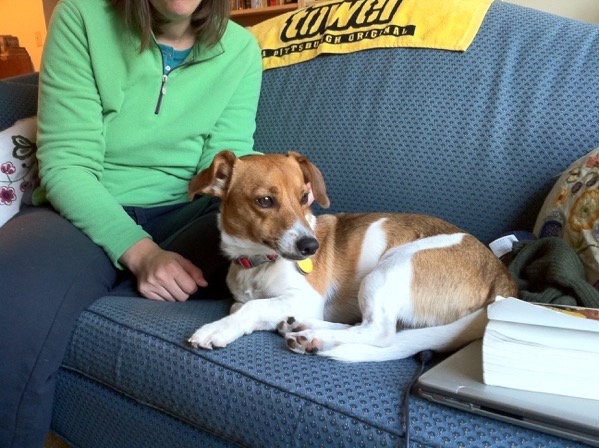
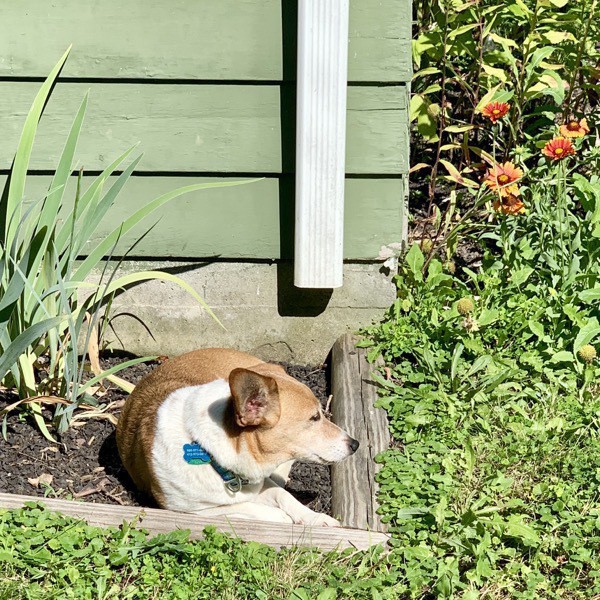
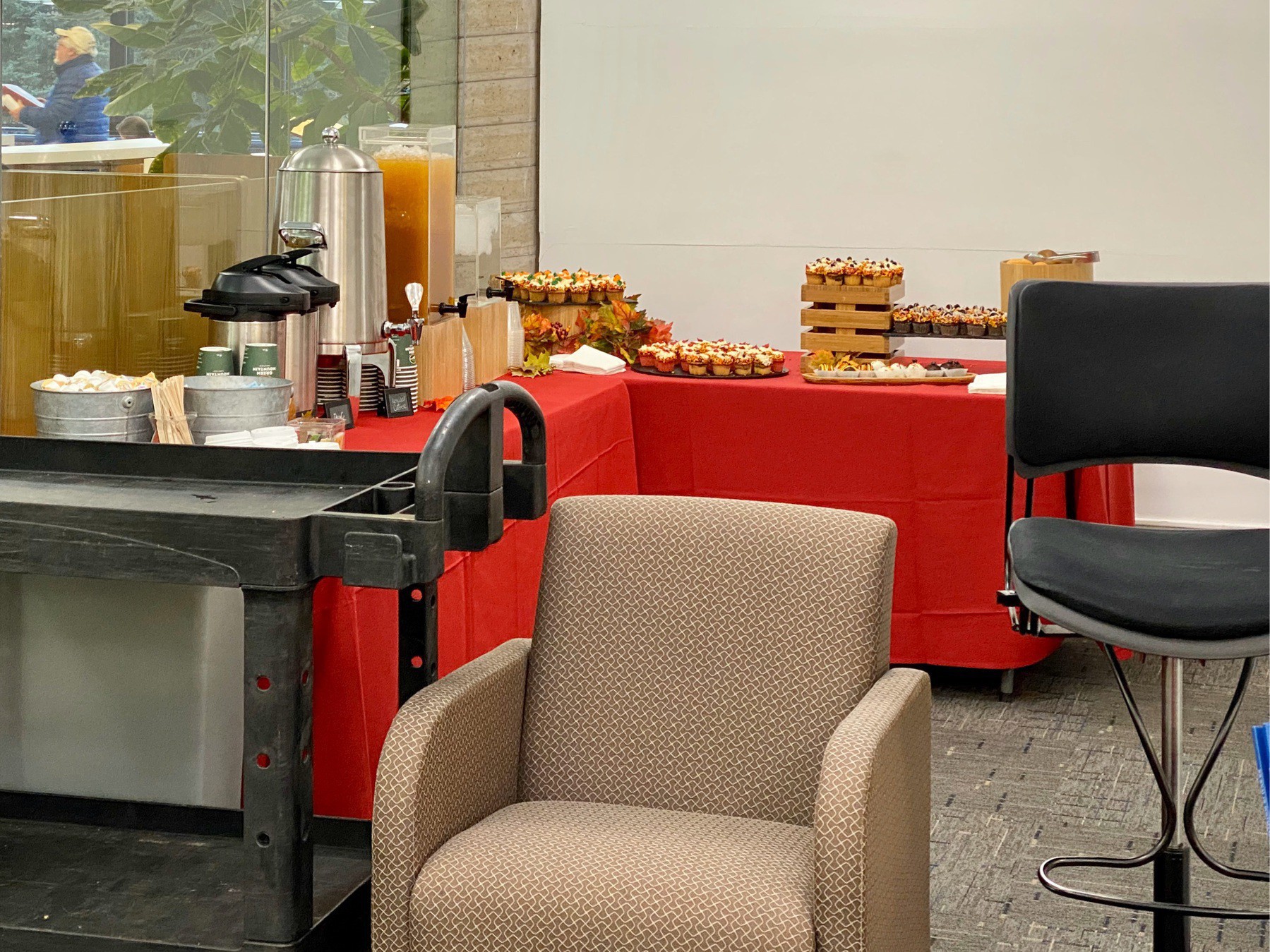
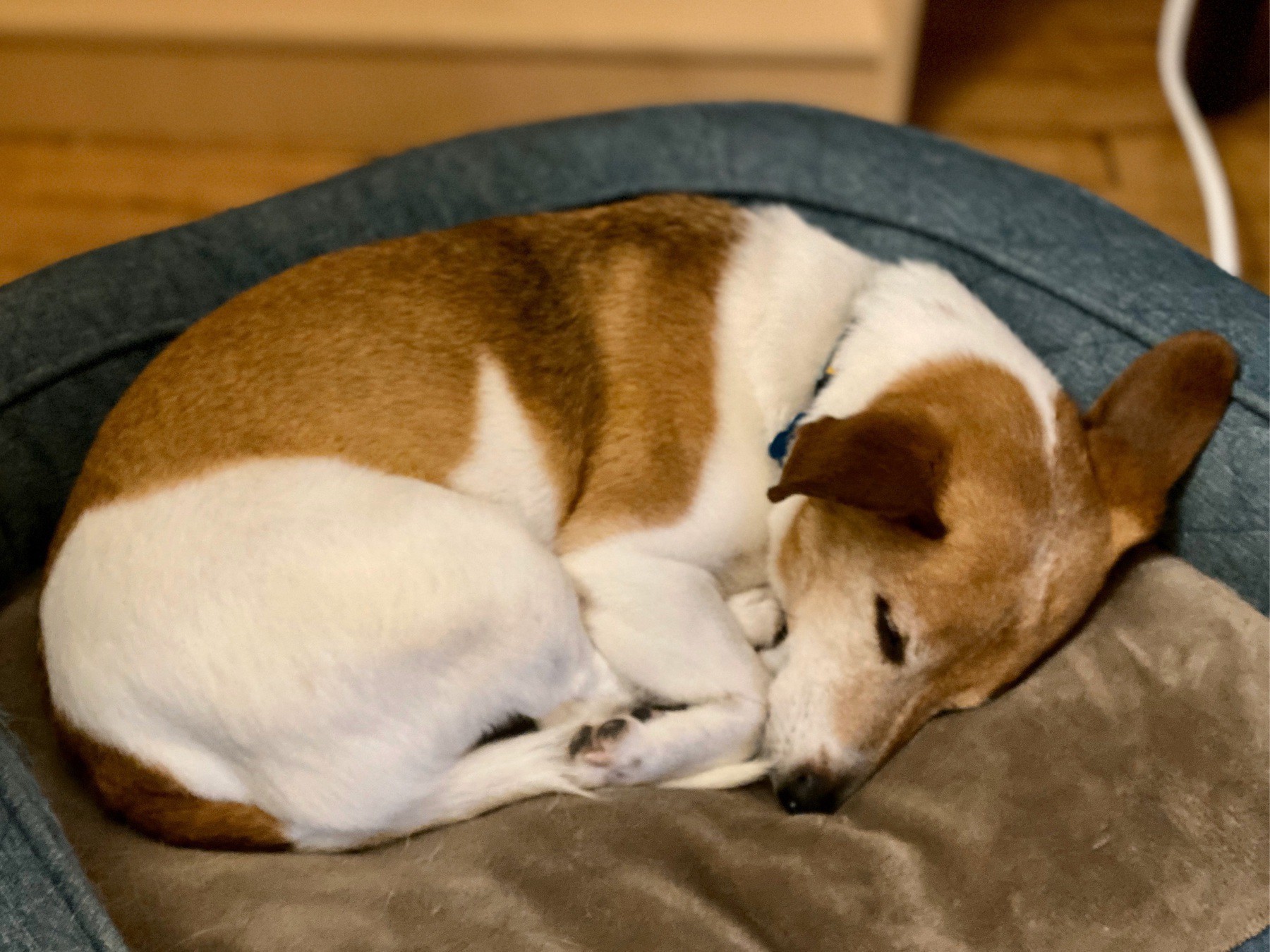
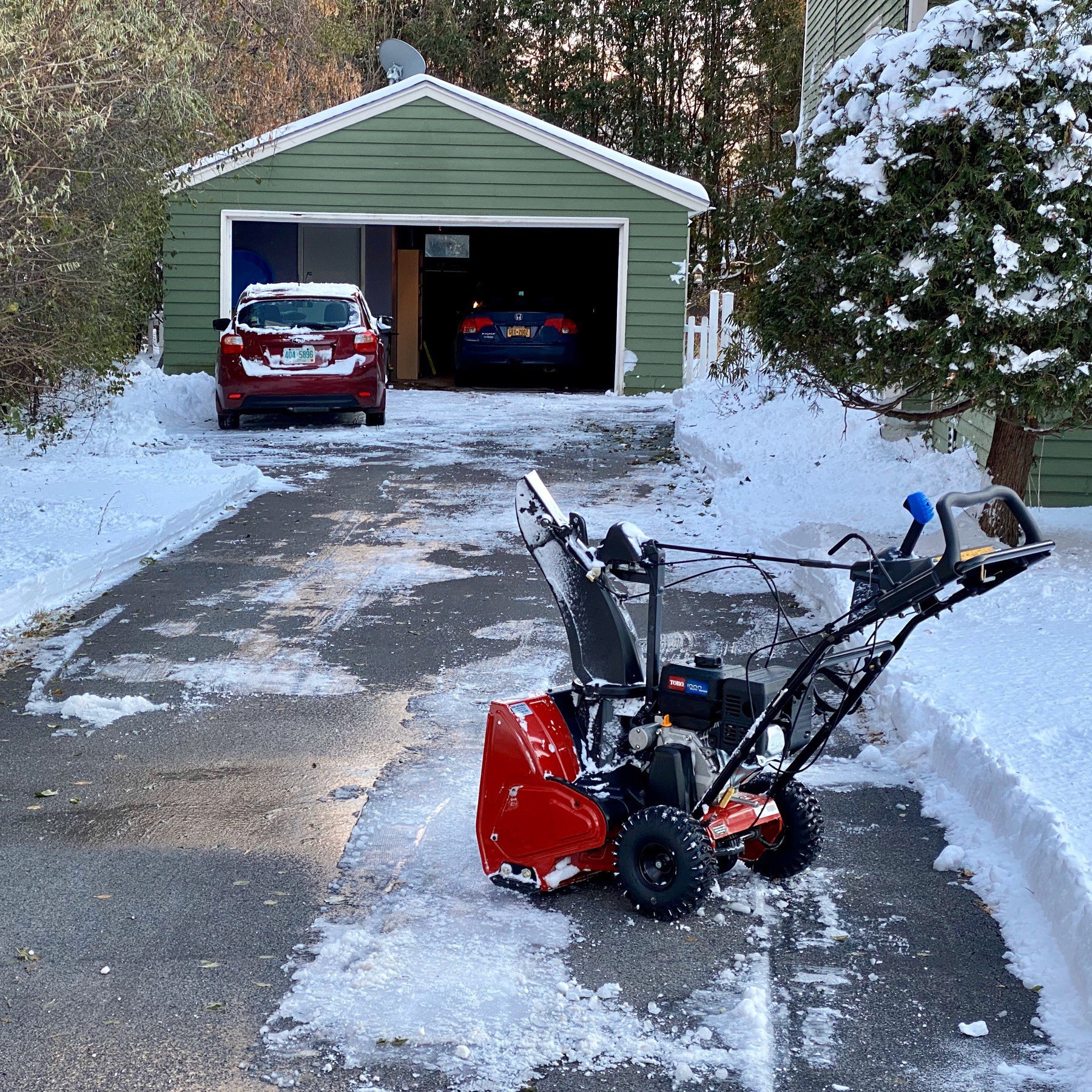

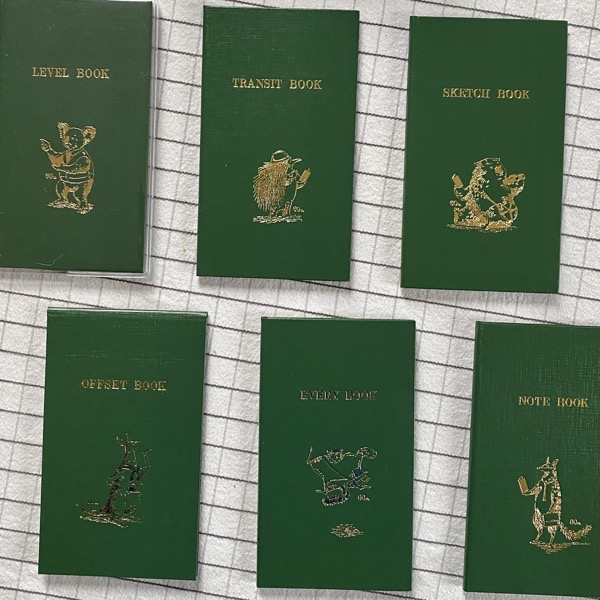
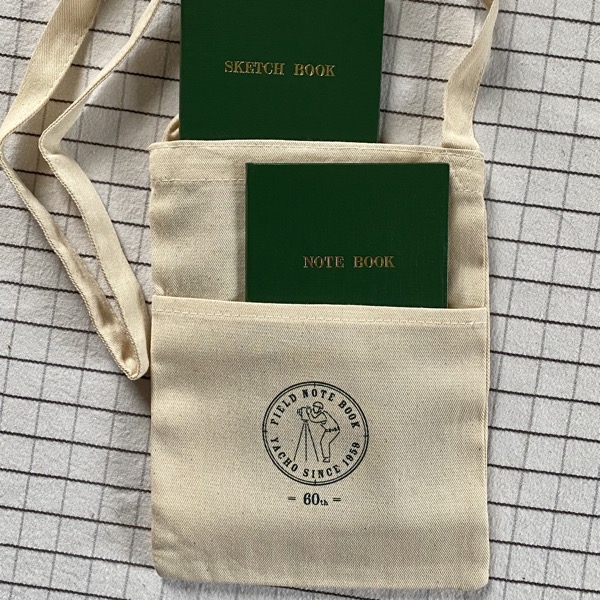
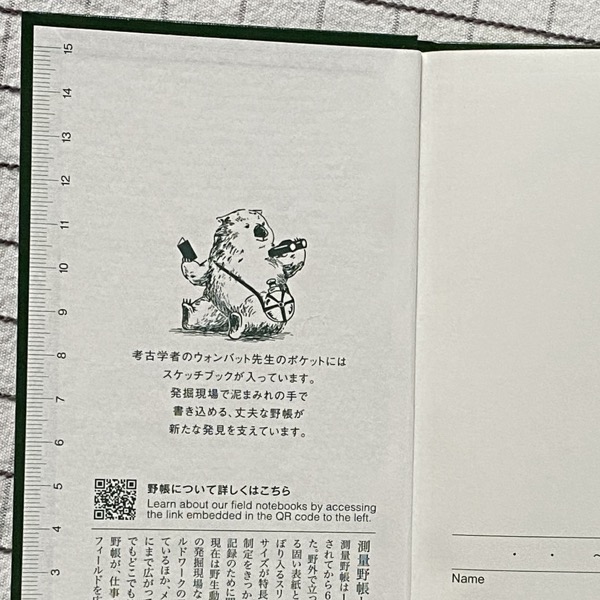
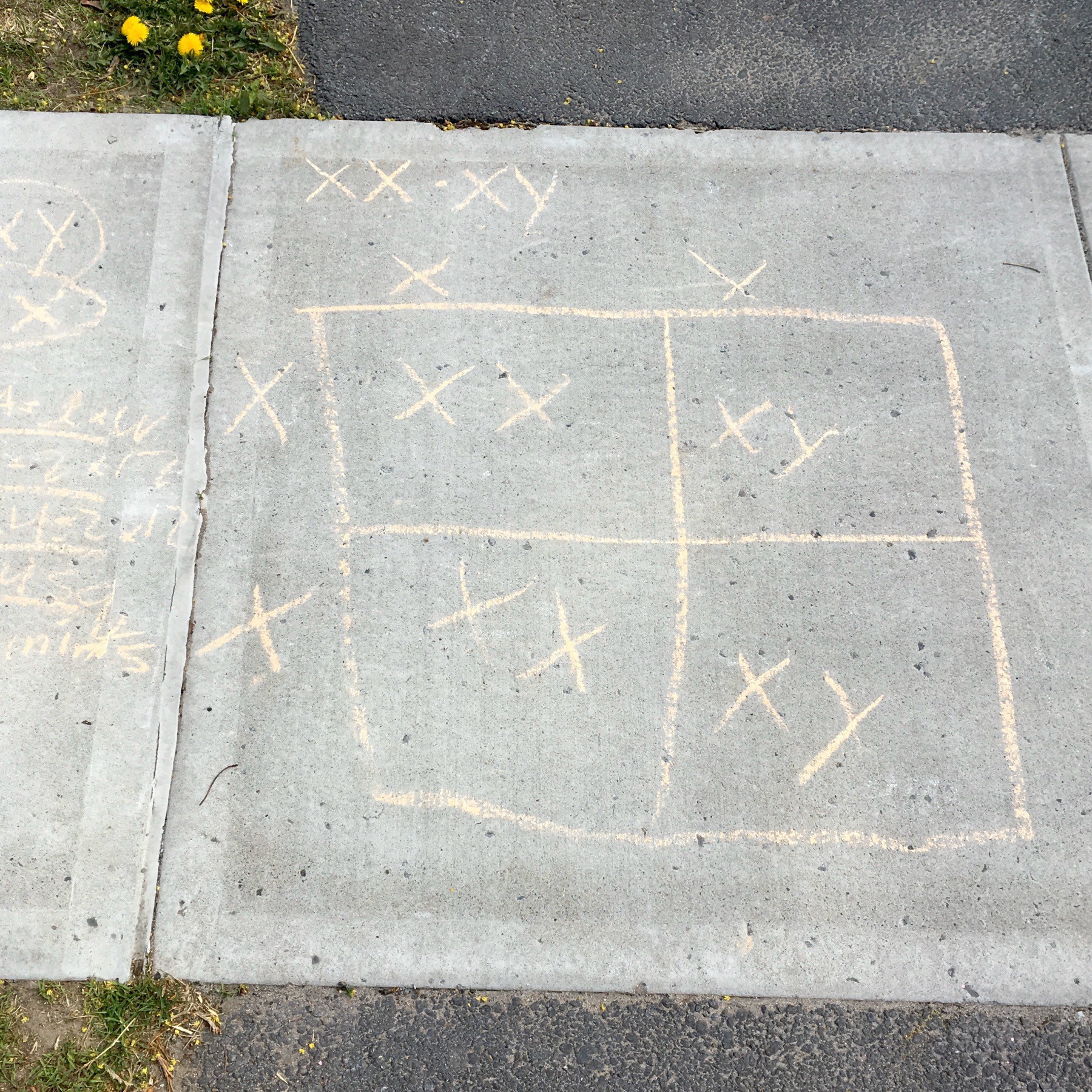
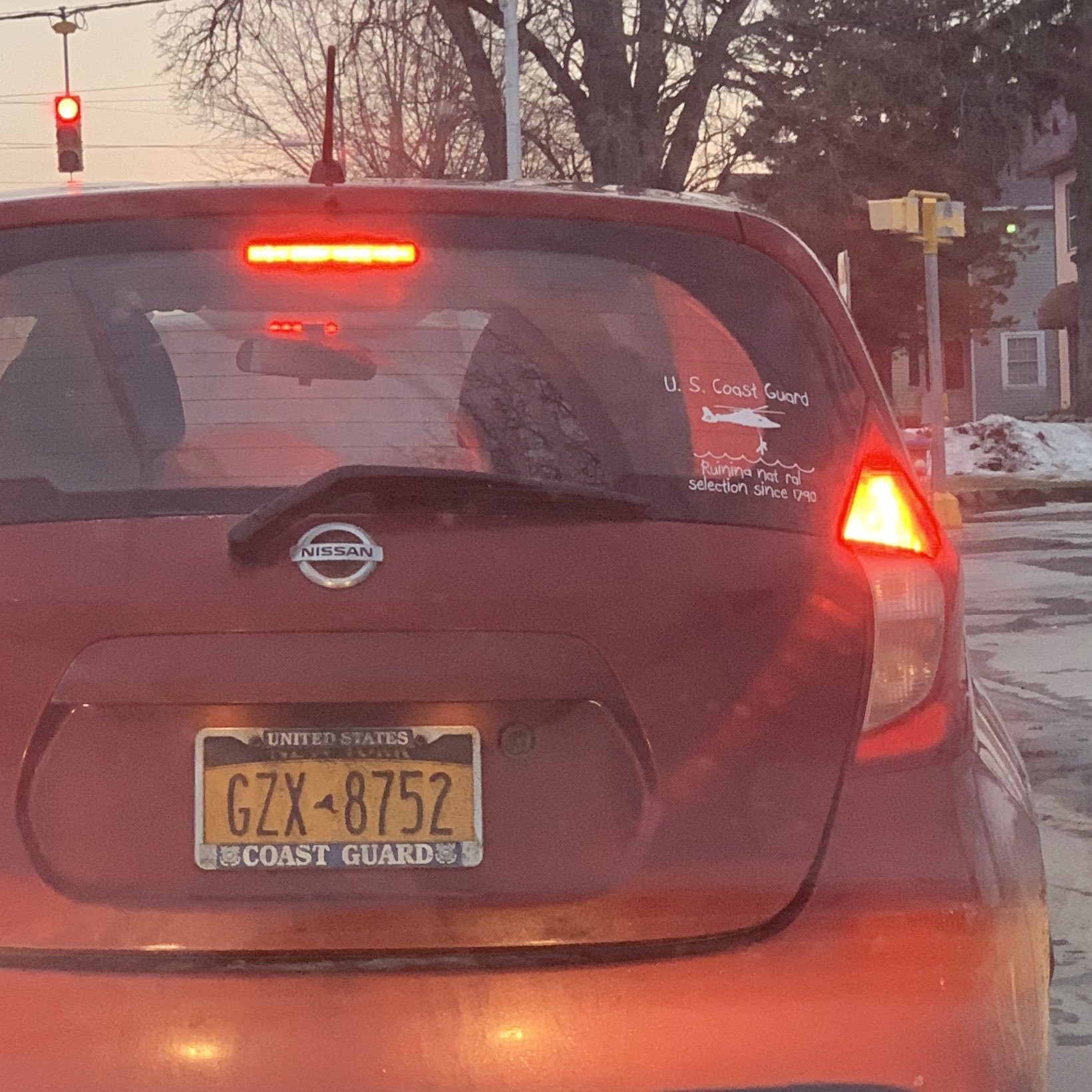

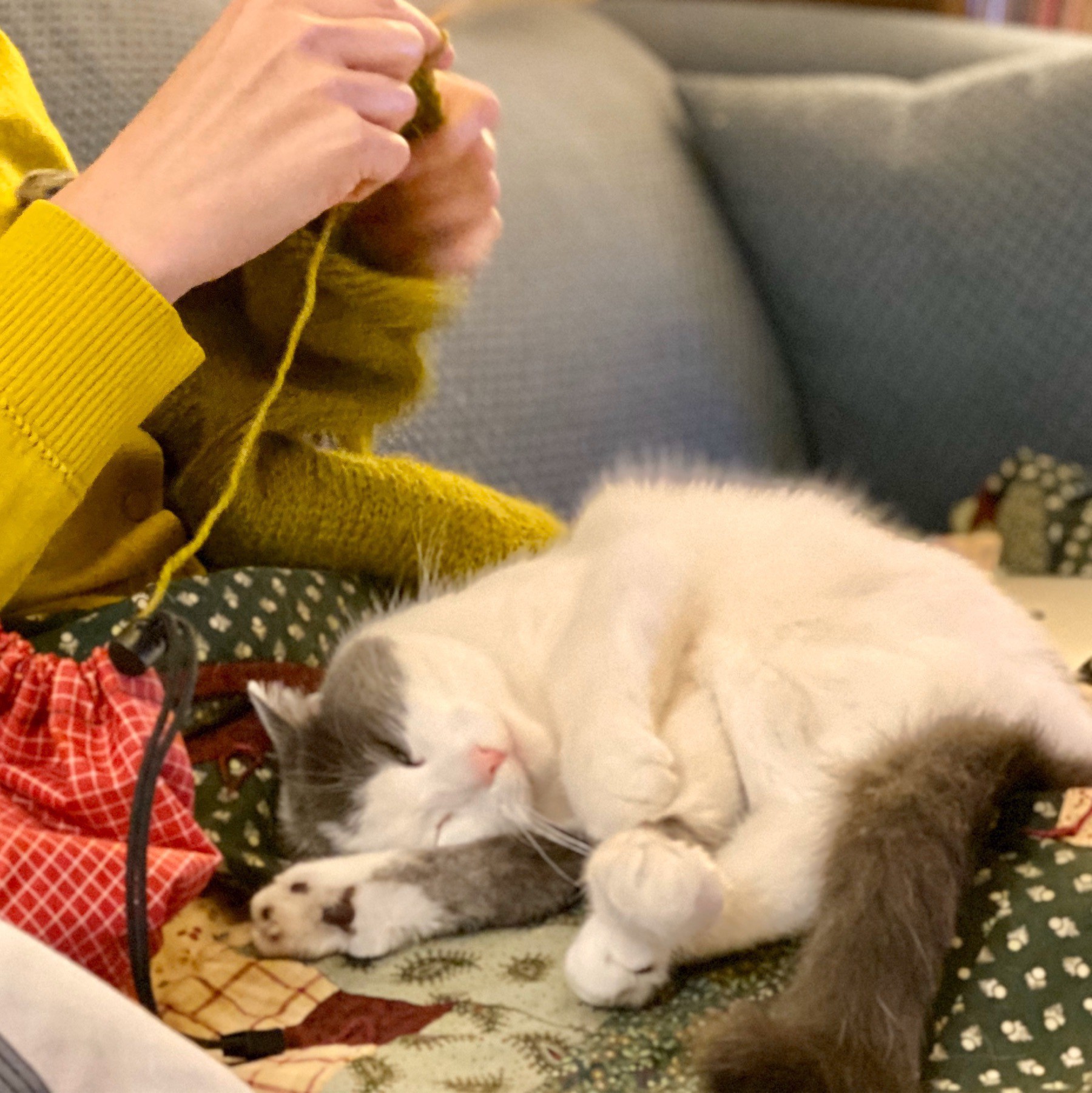
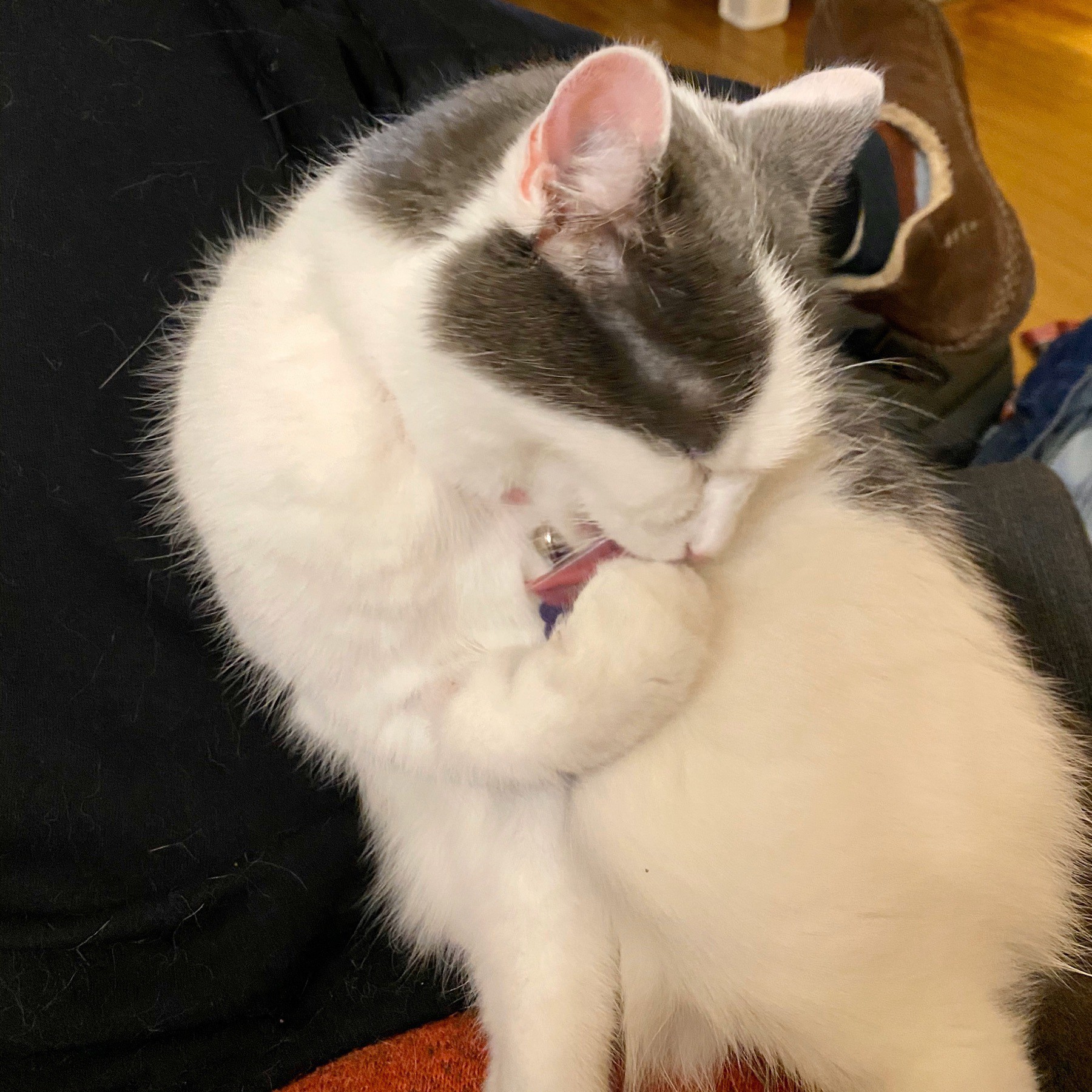
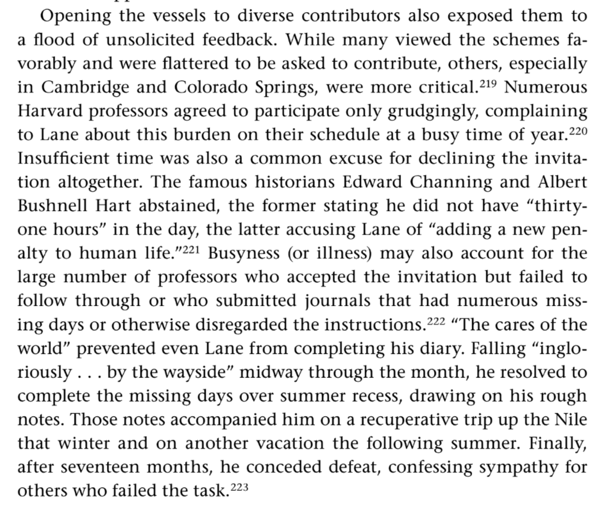
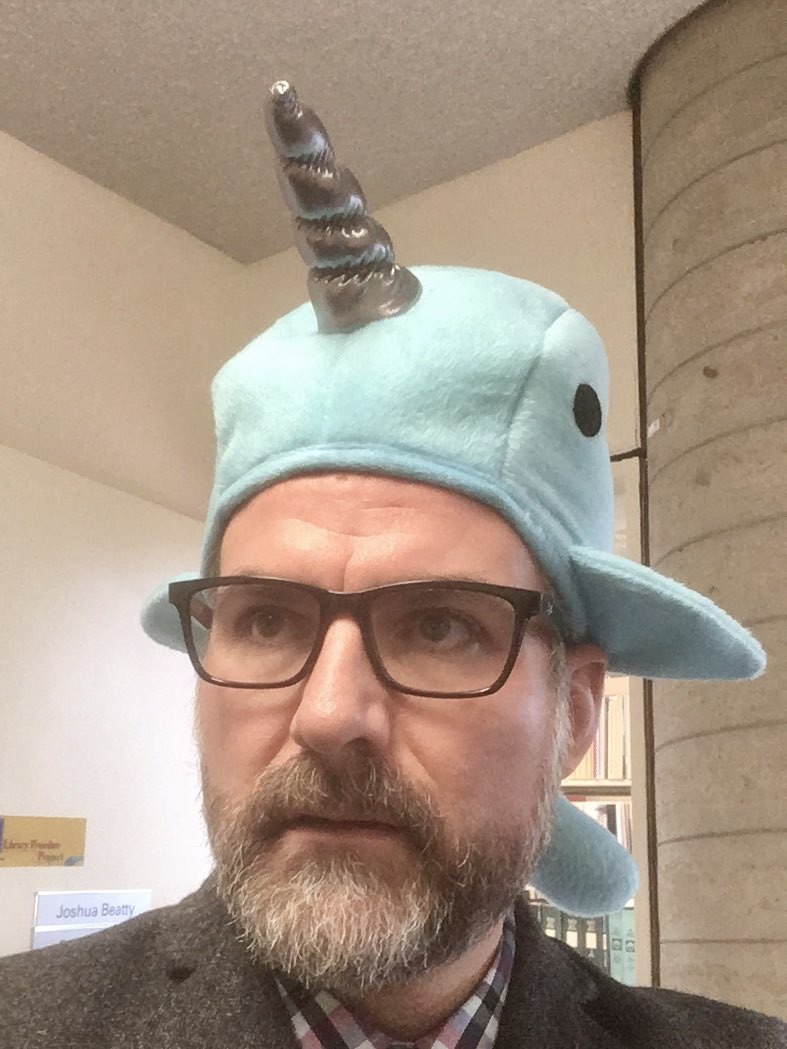
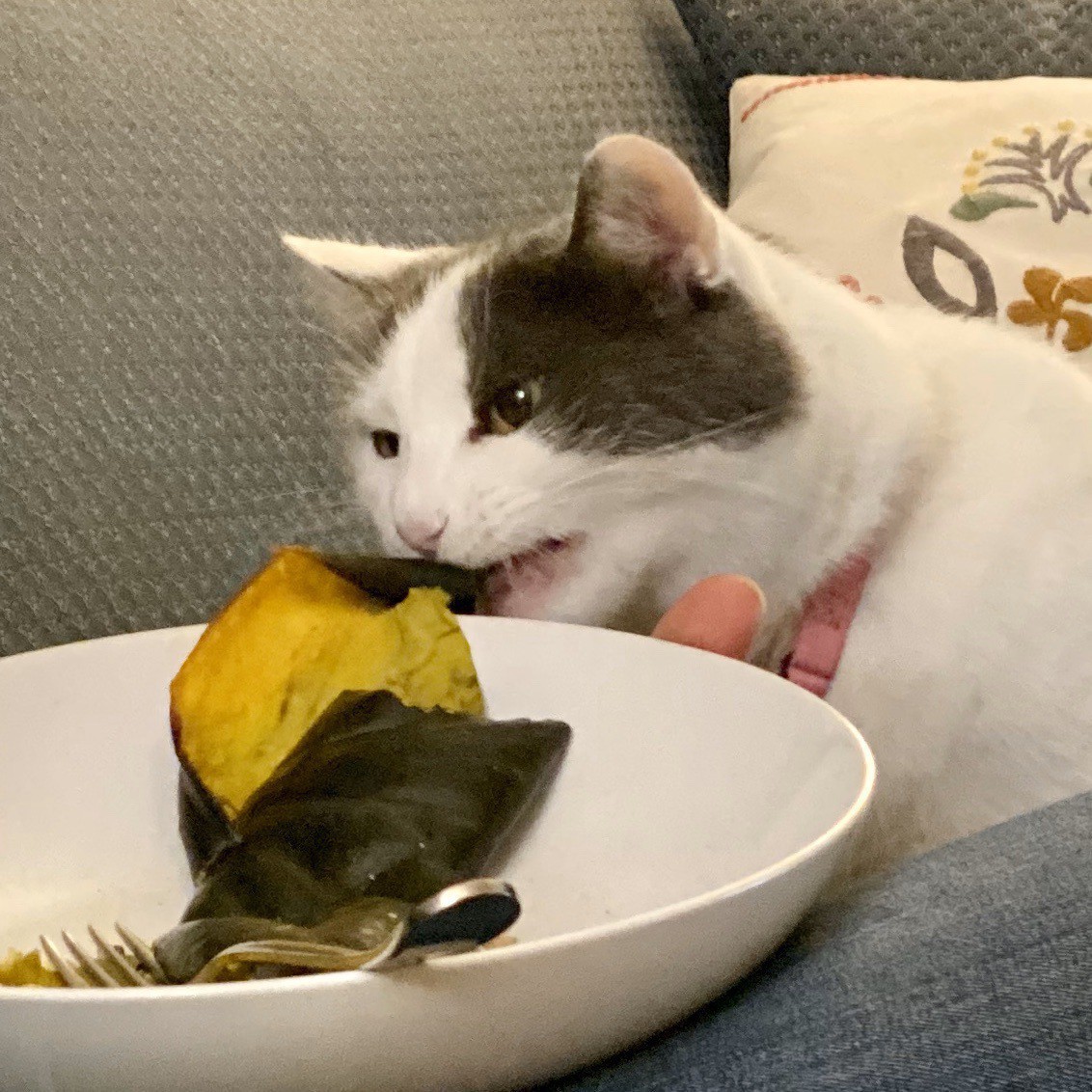
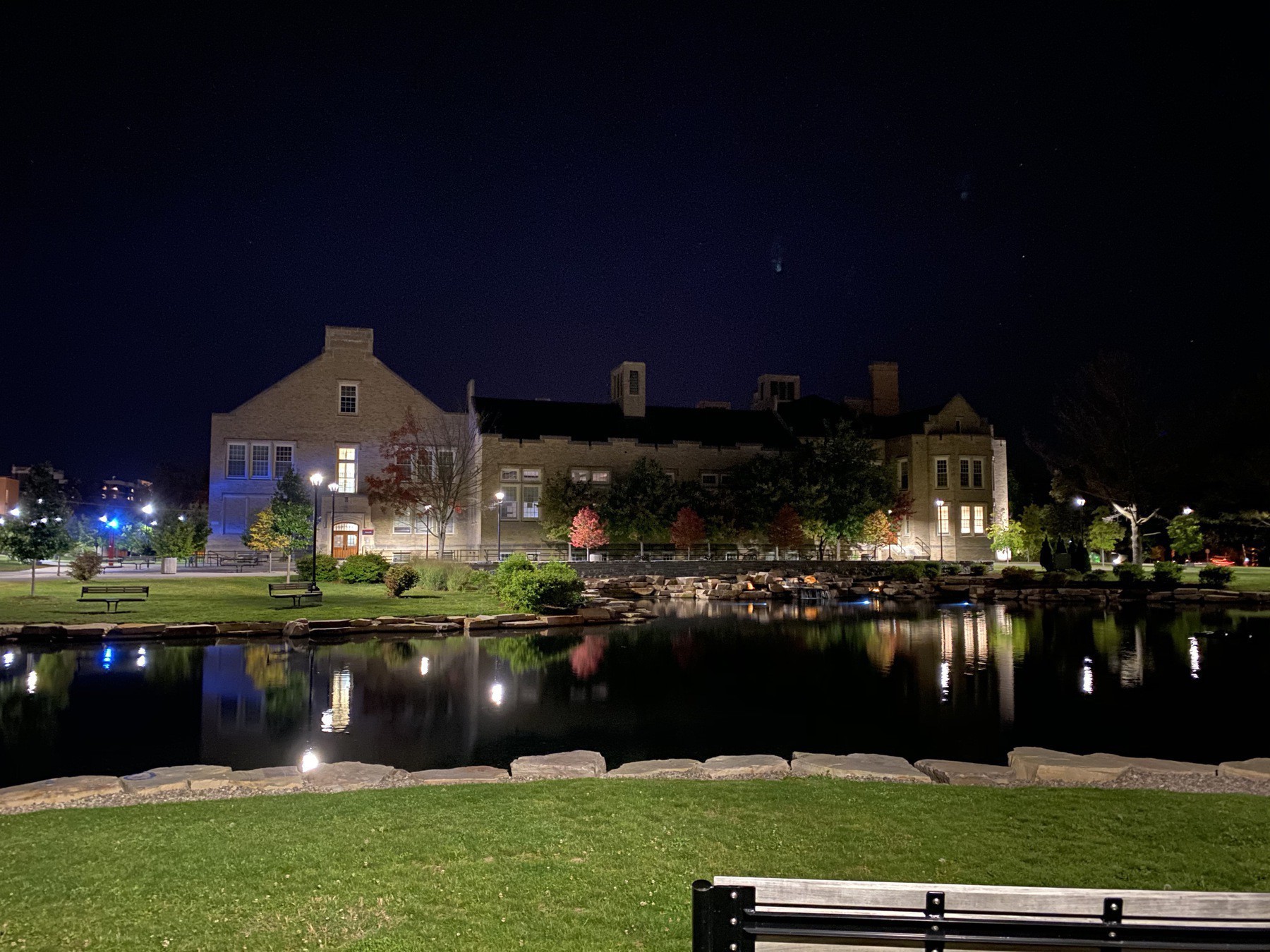 Compare to this one I took with an iPhone XS earlier this year:
Compare to this one I took with an iPhone XS earlier this year:
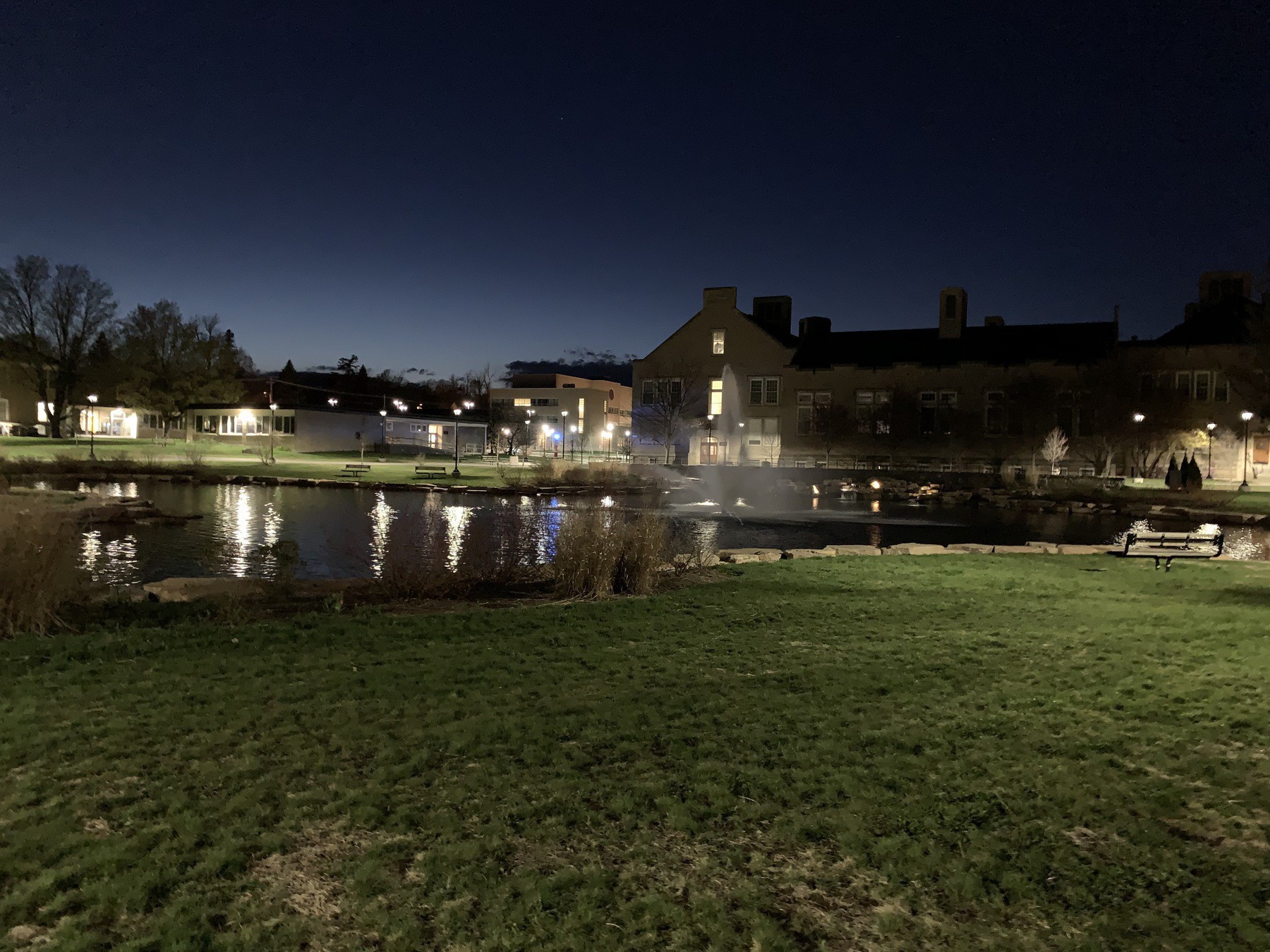
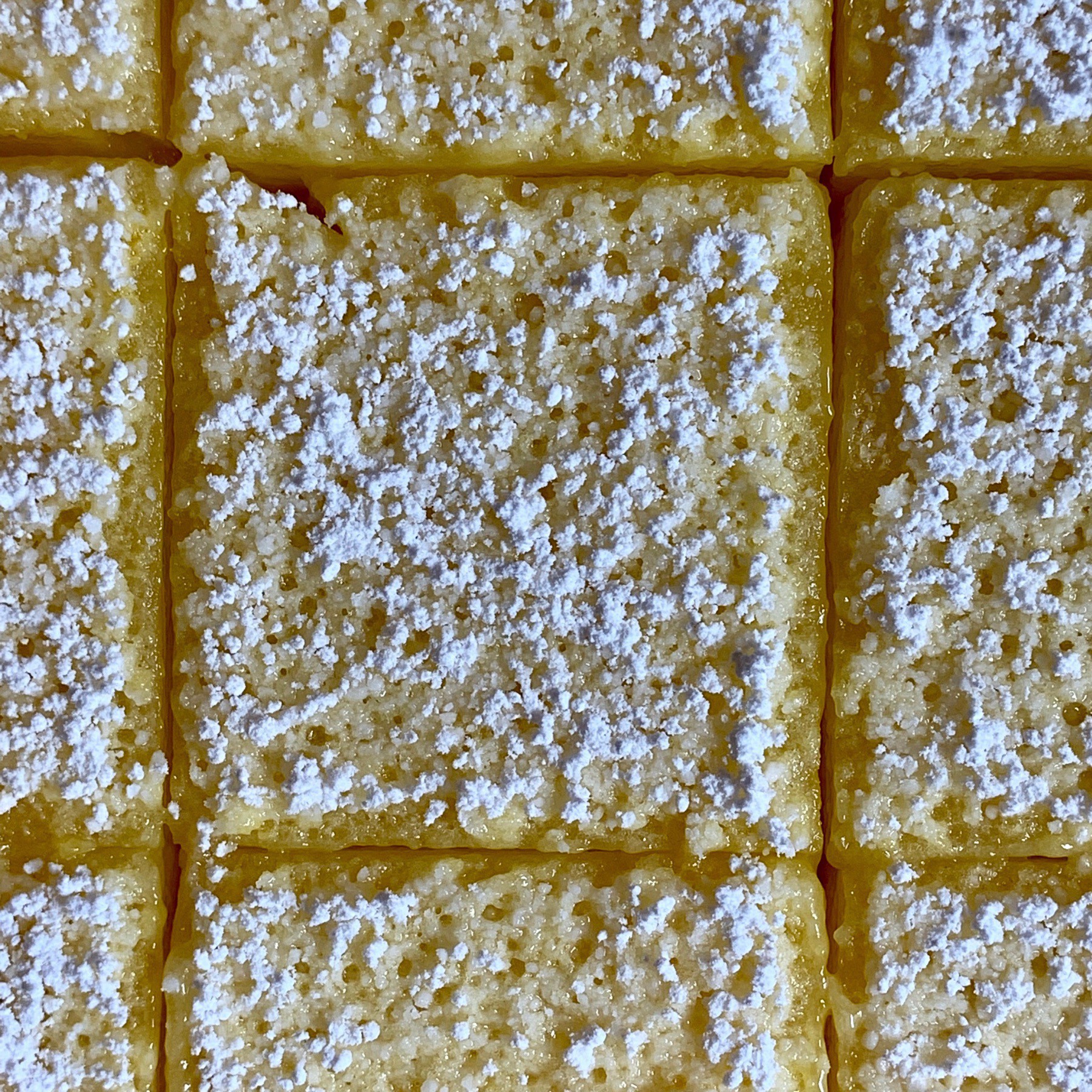

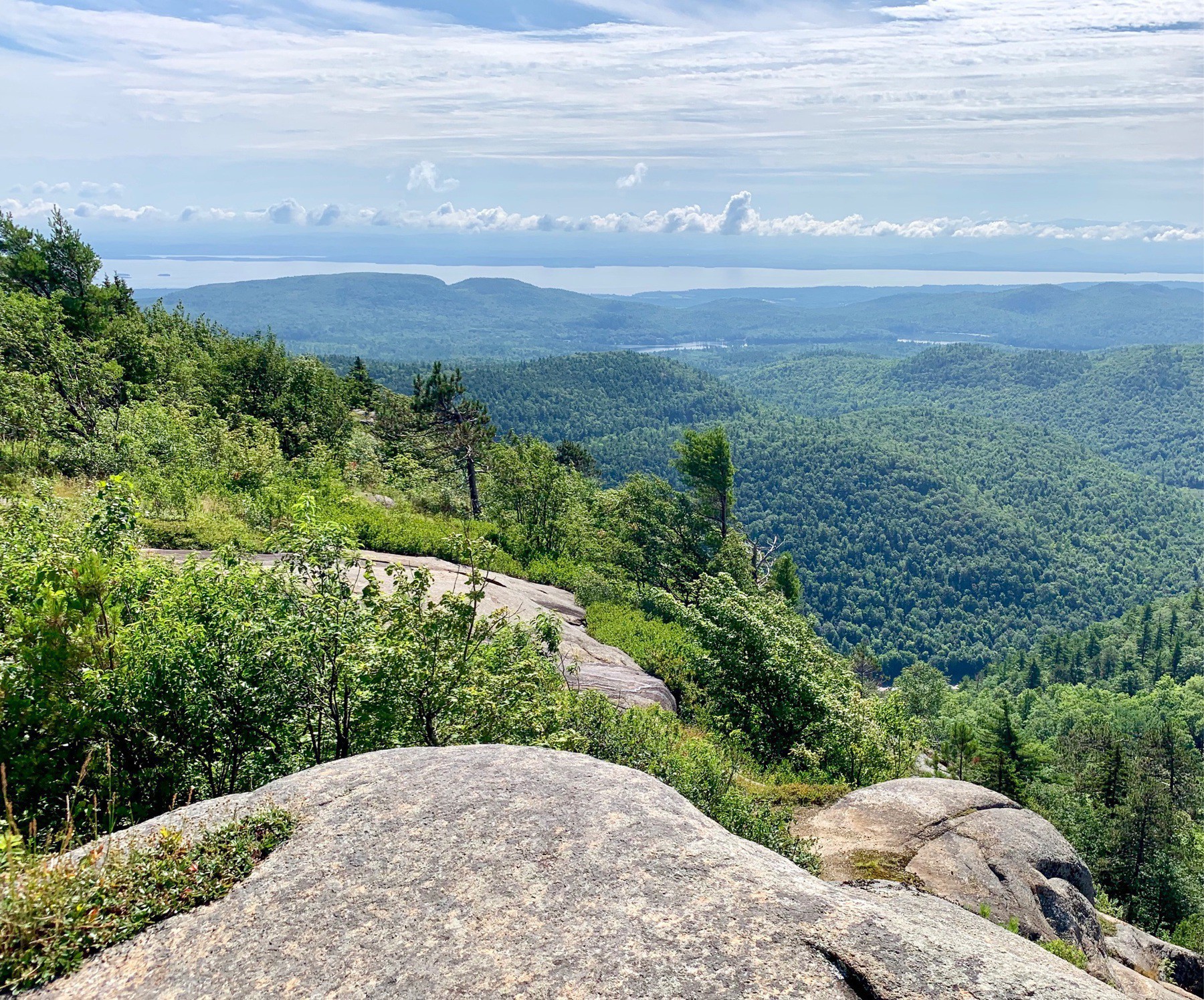



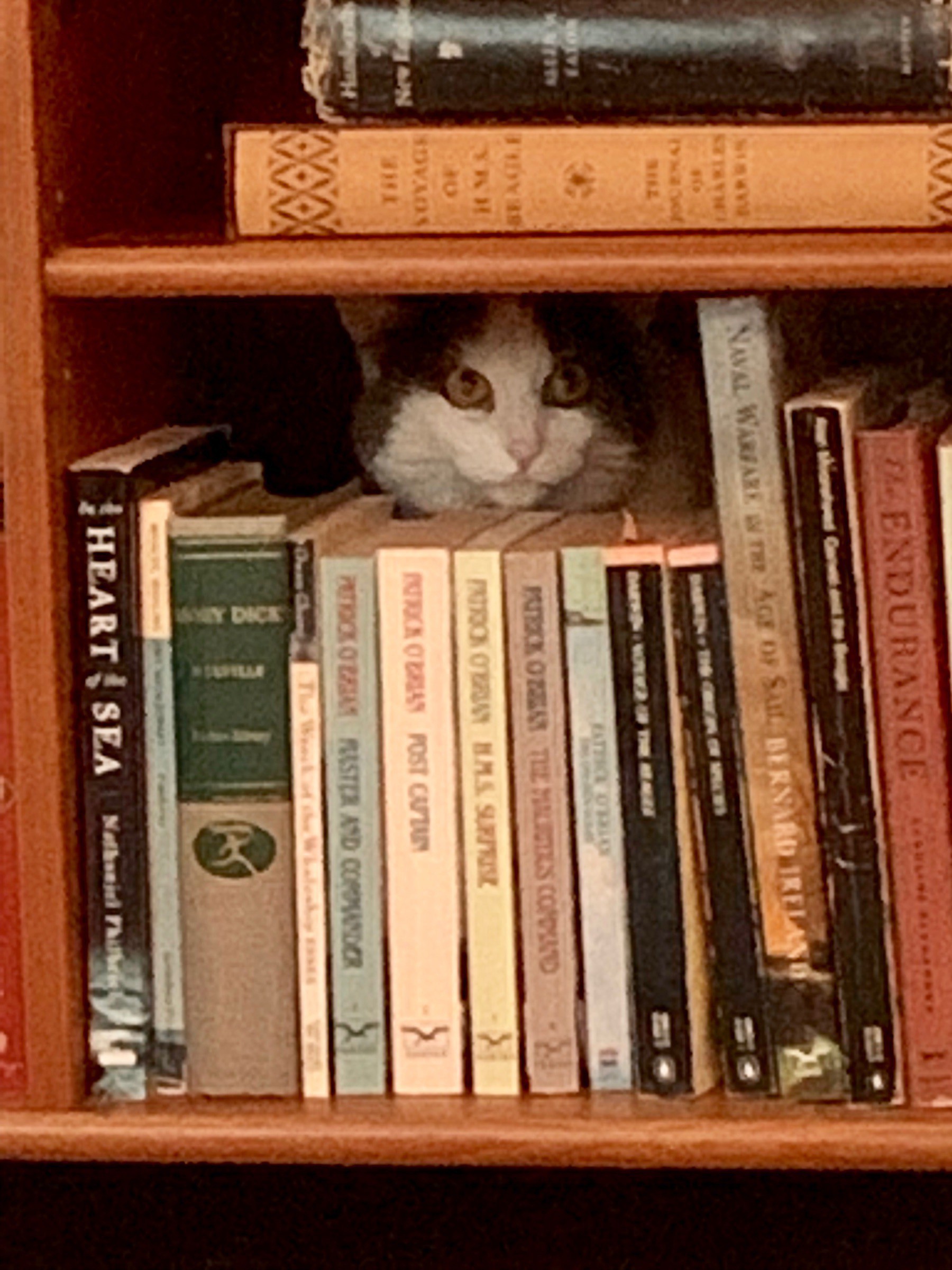
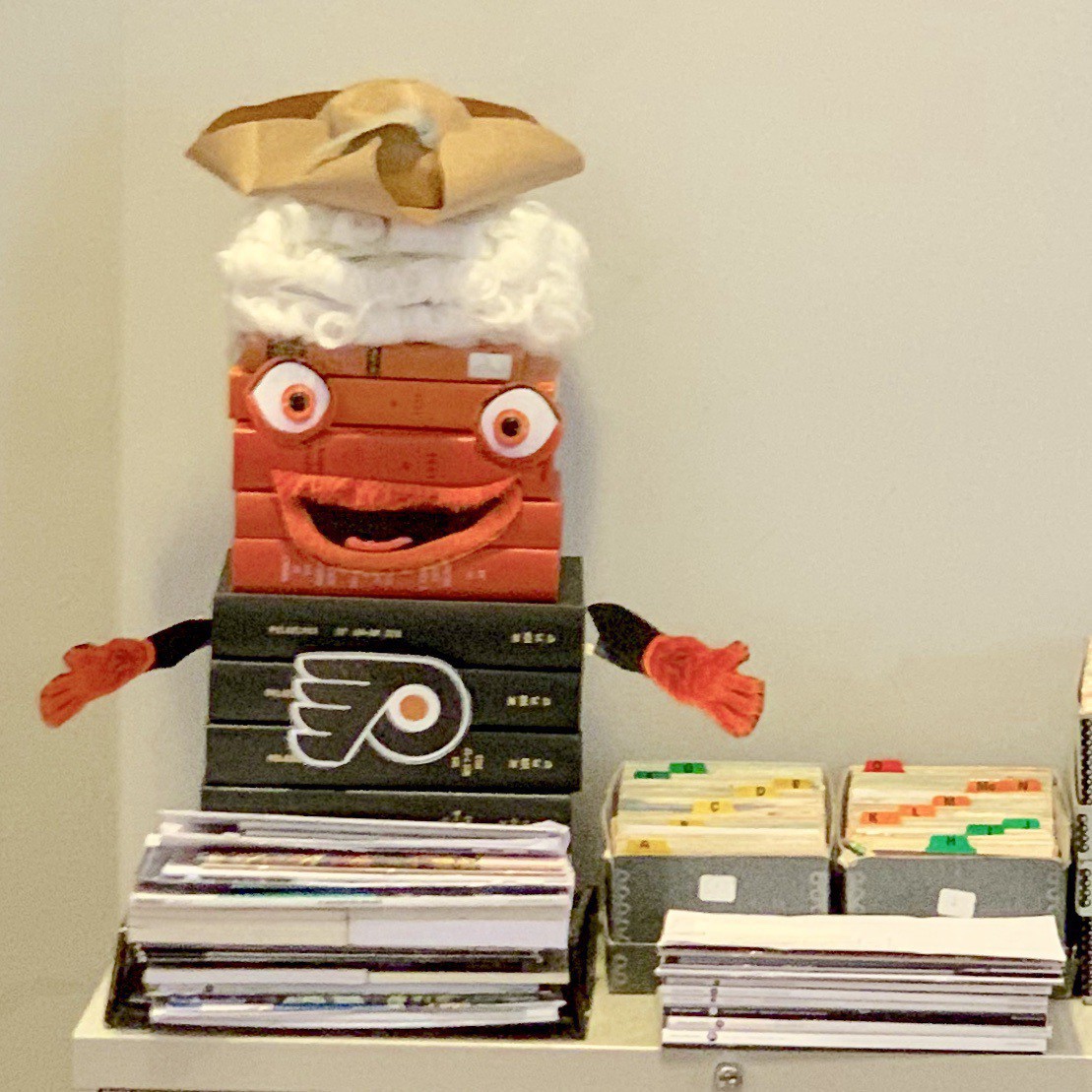
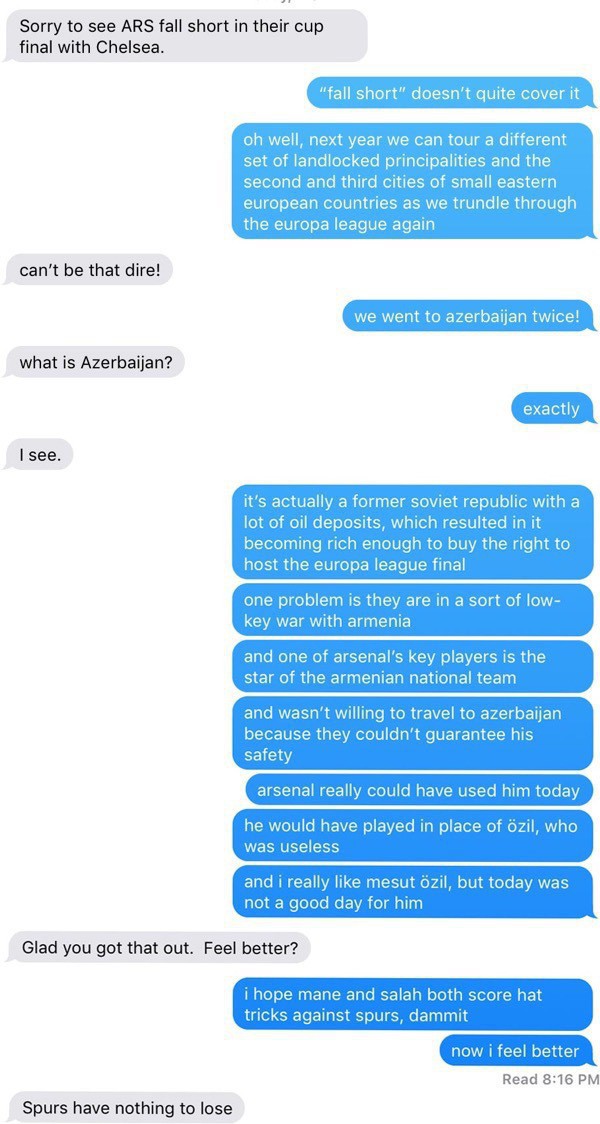
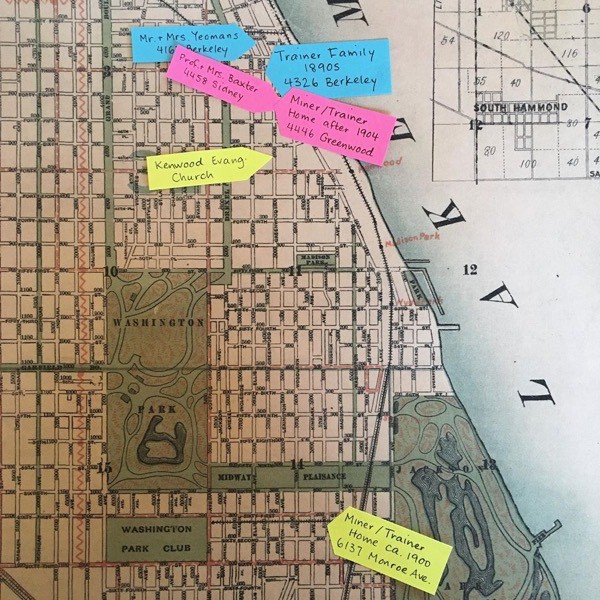
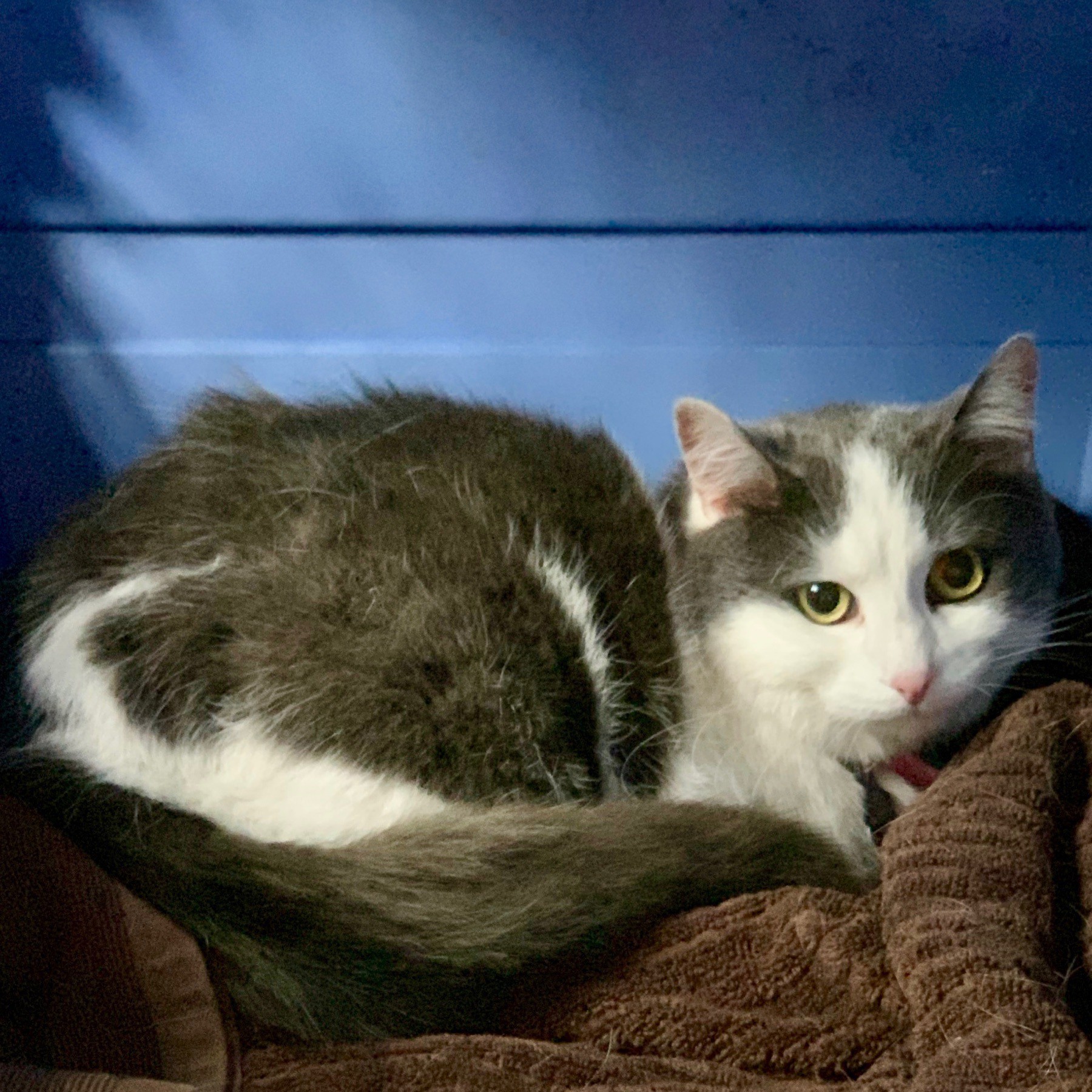
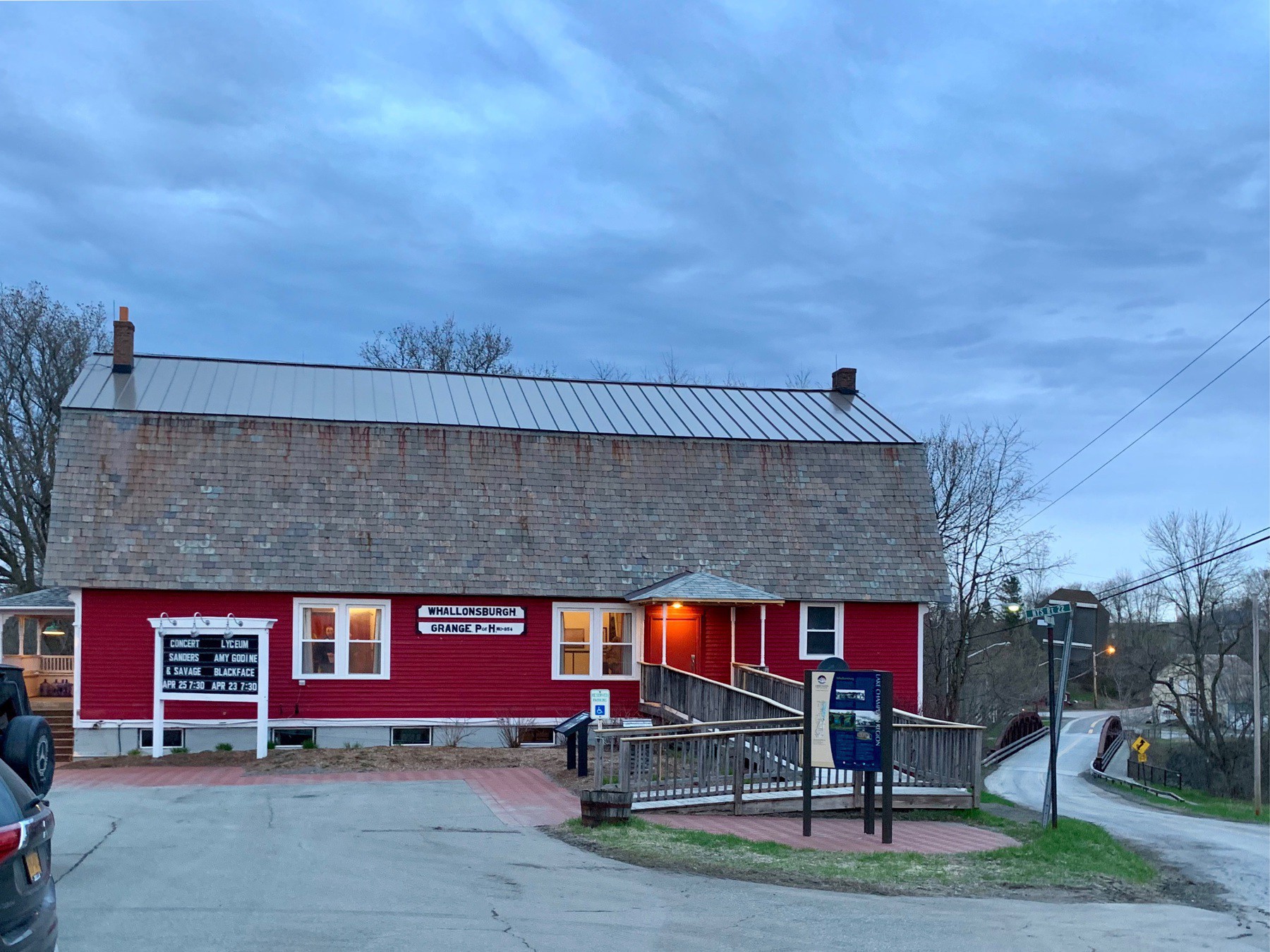


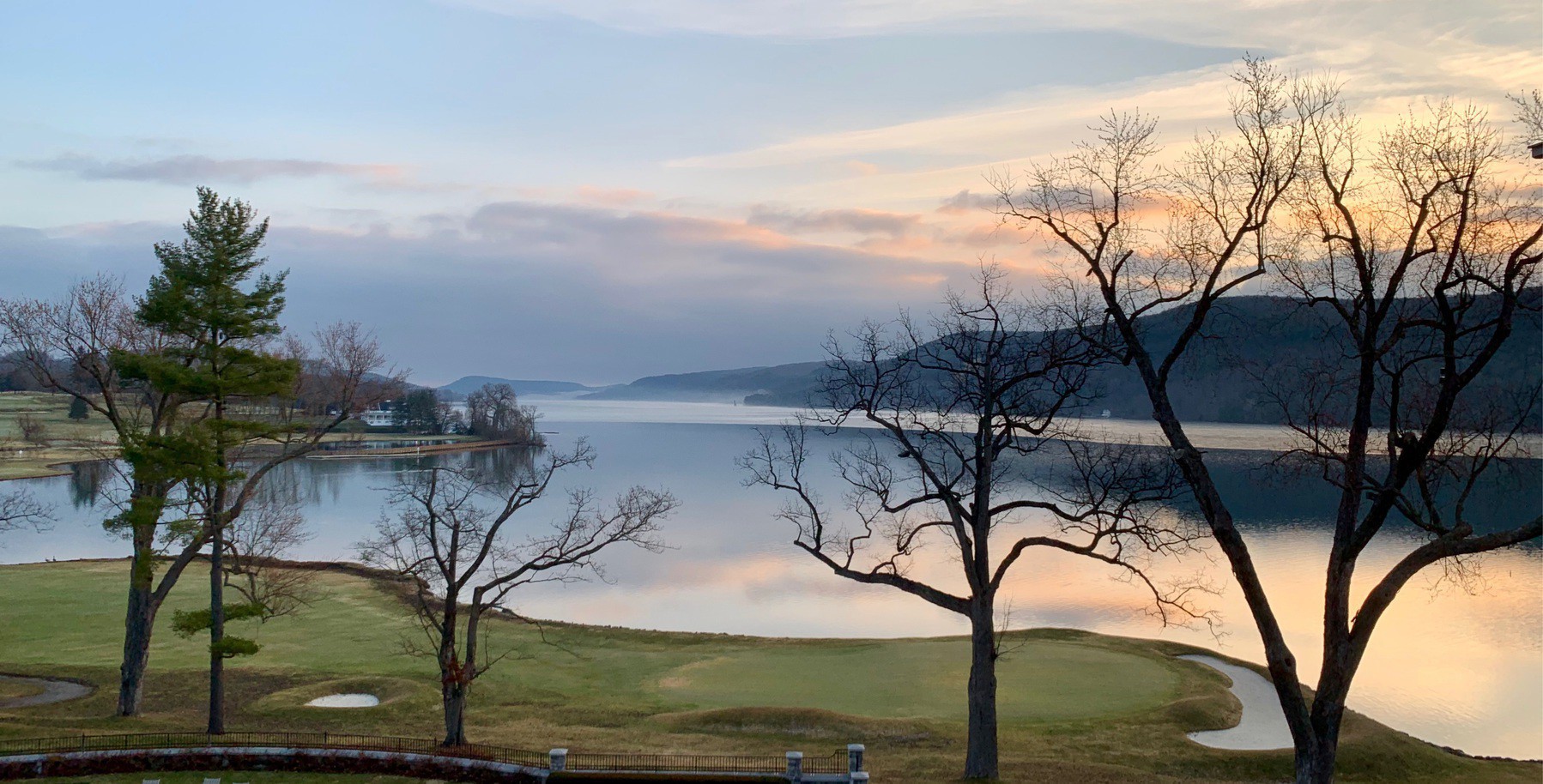
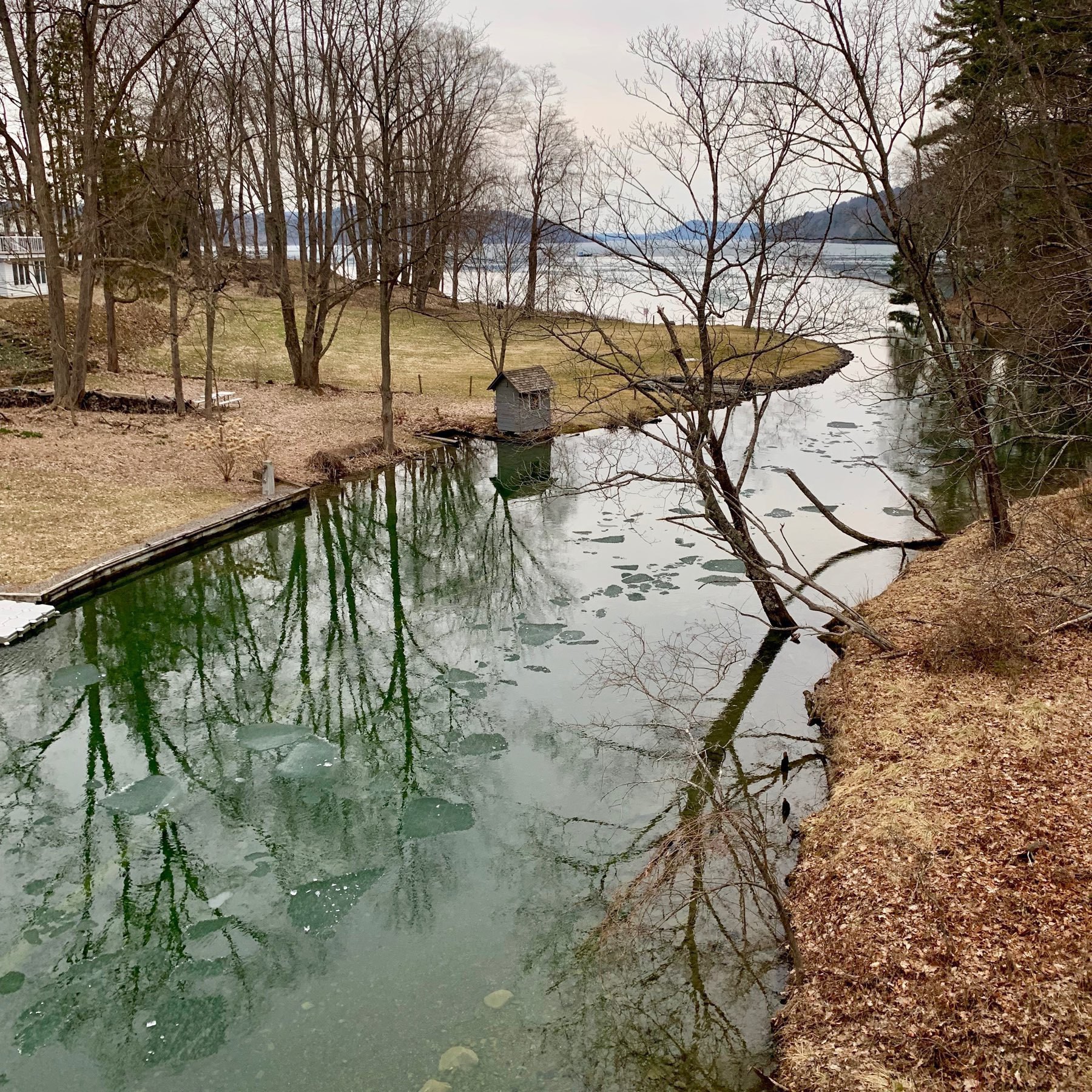
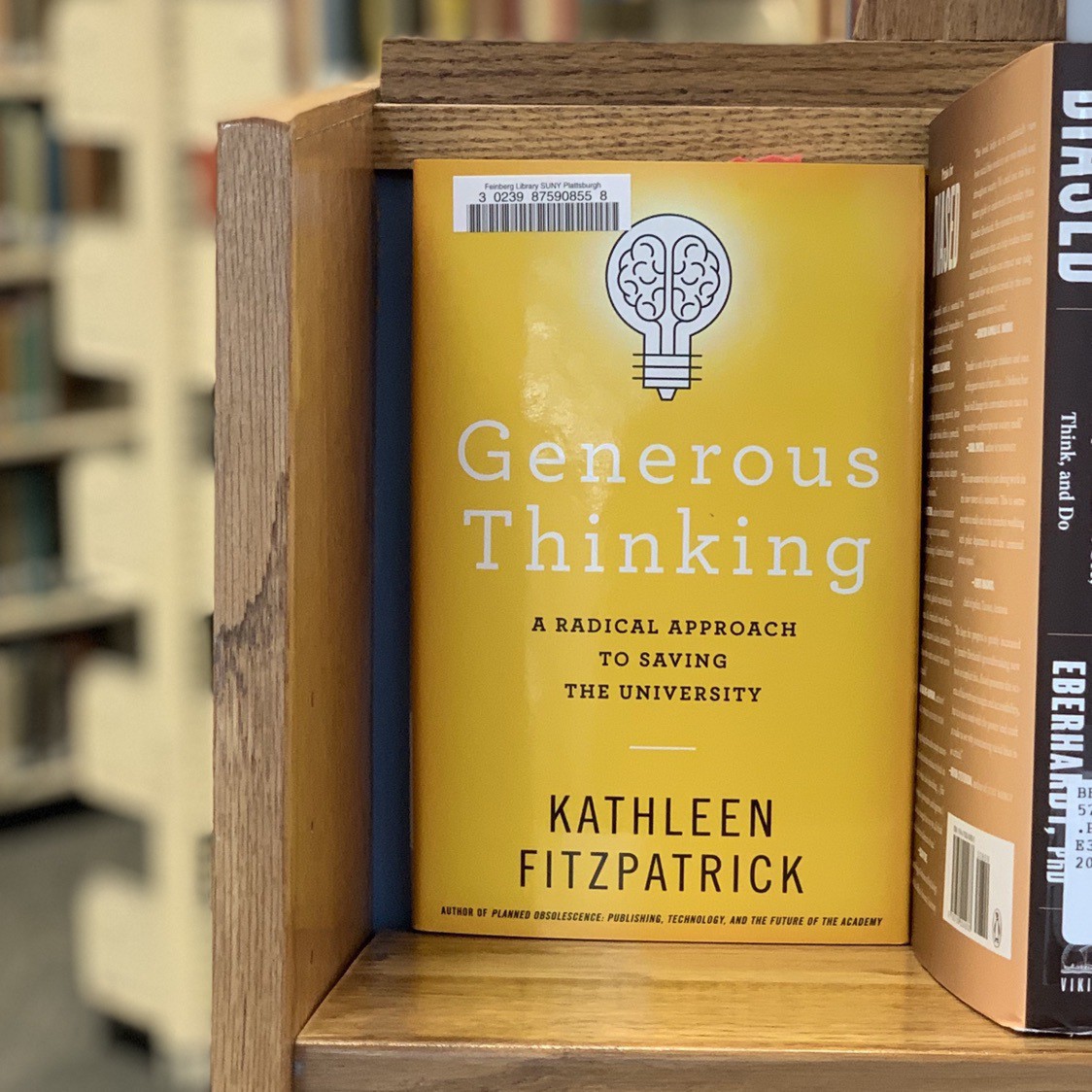
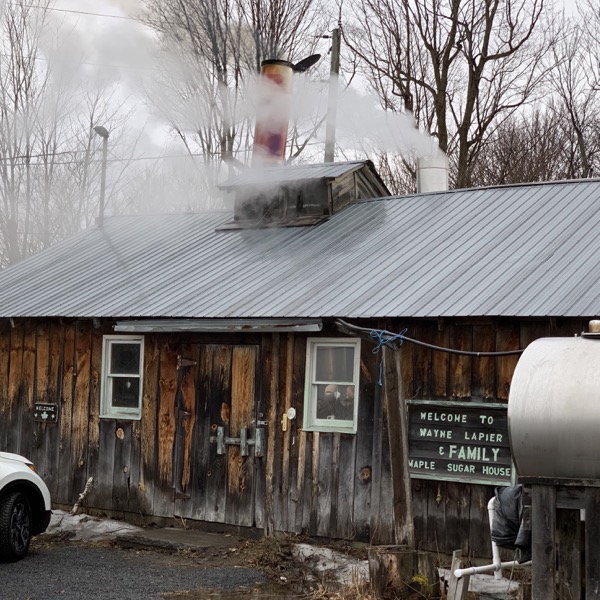
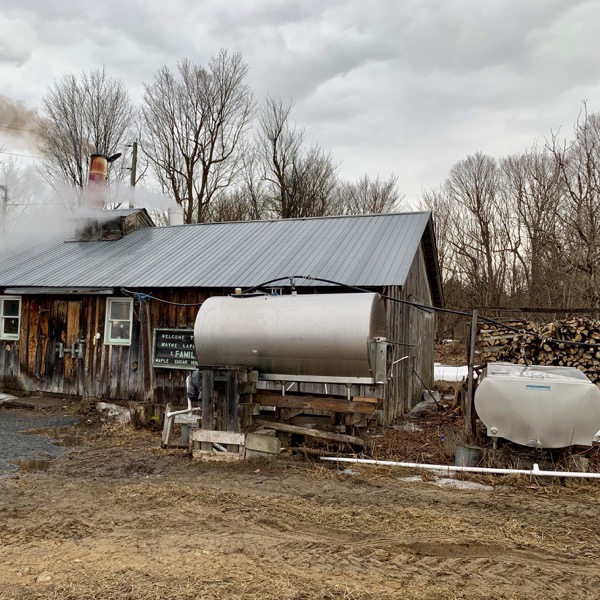
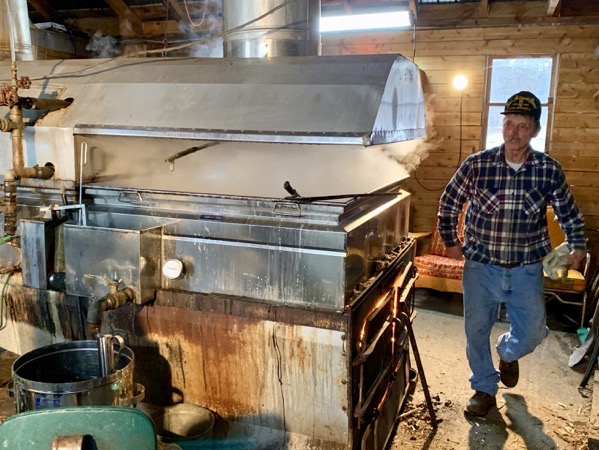
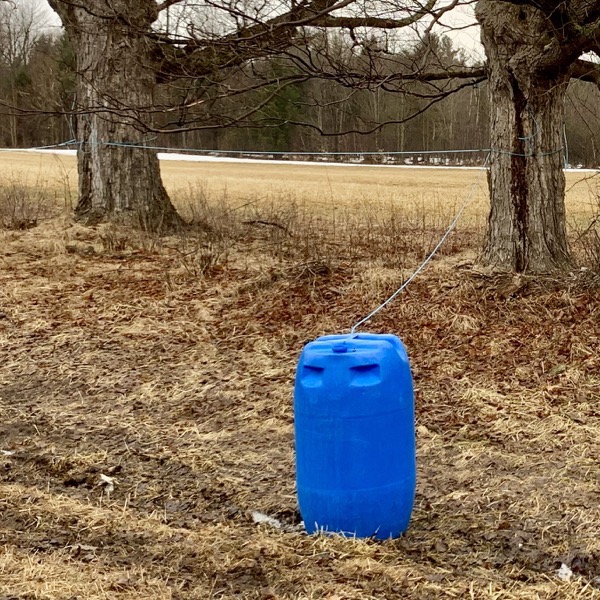
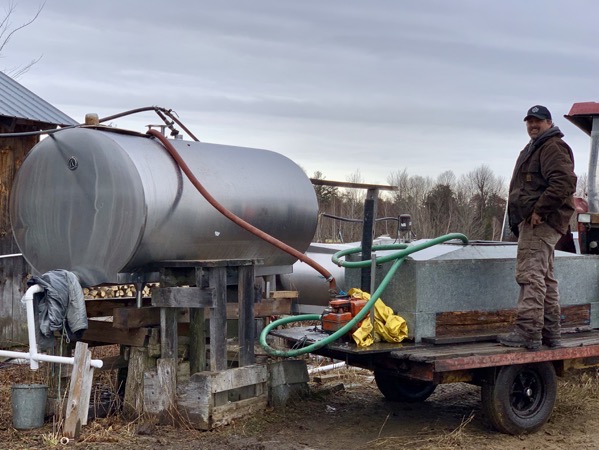
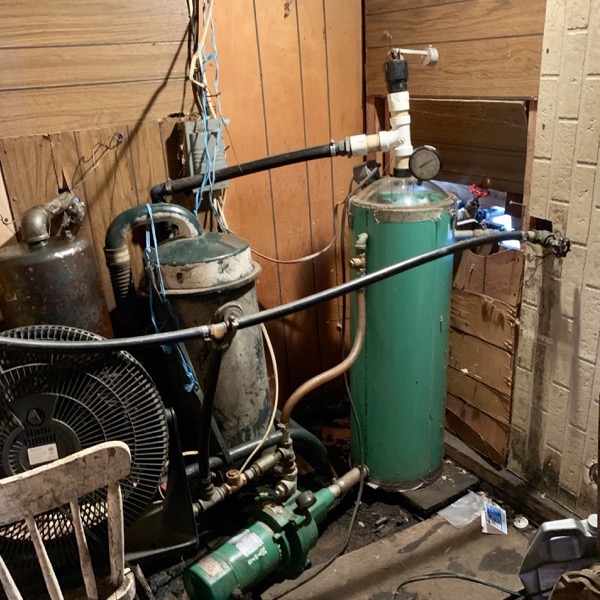


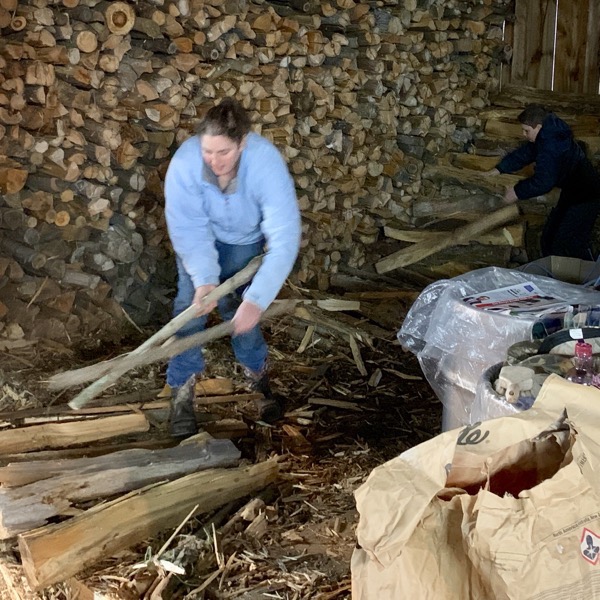
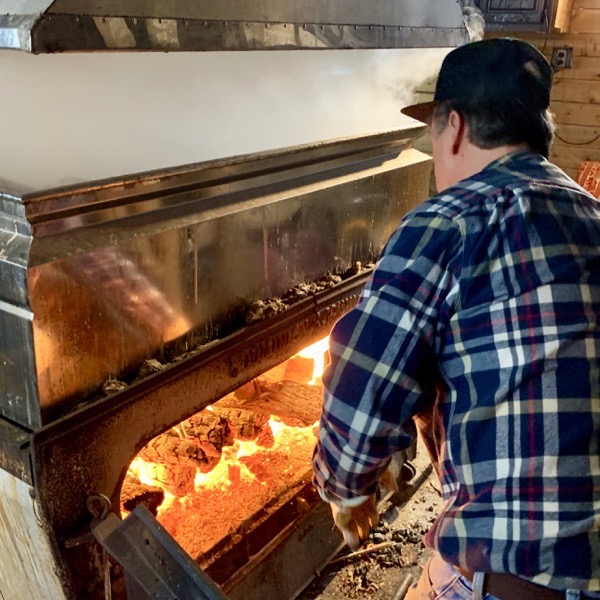
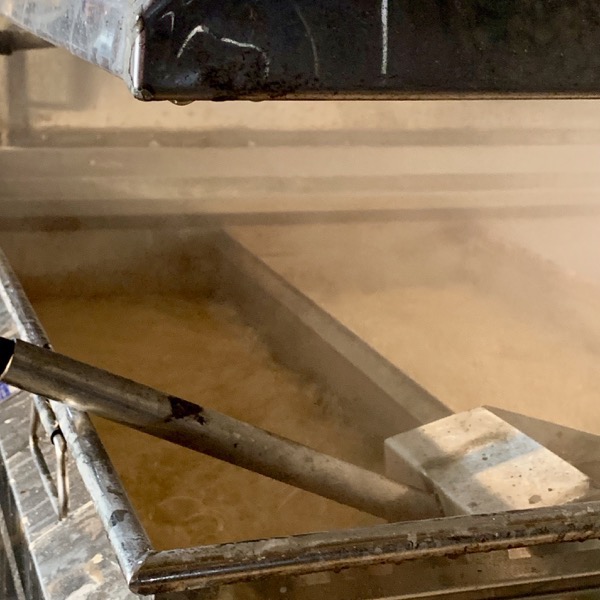
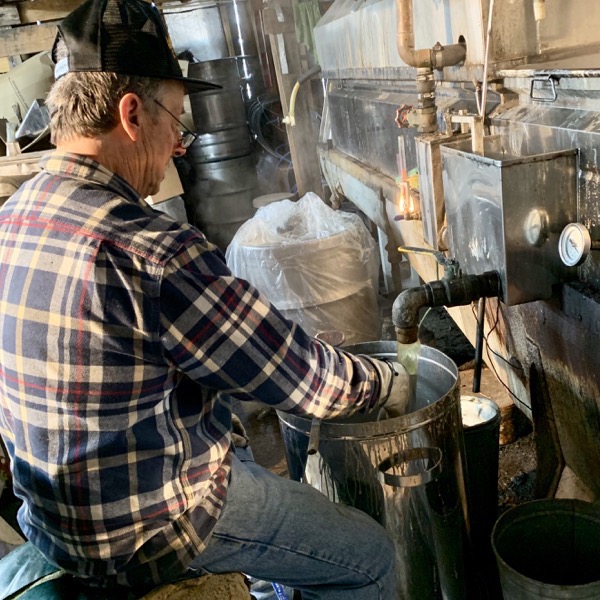
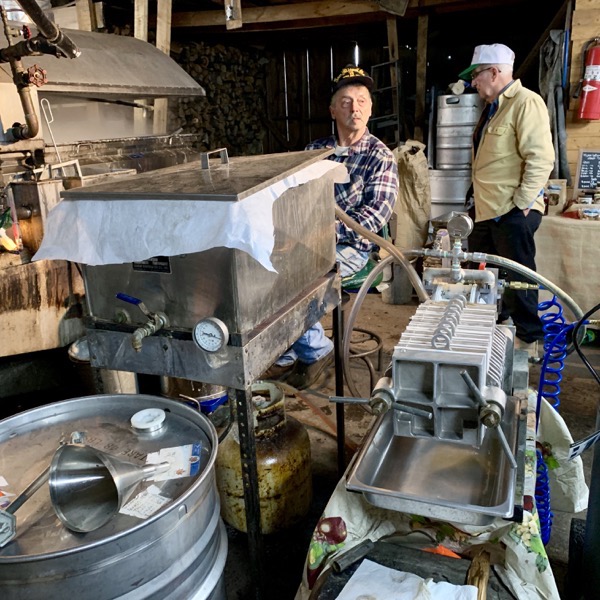
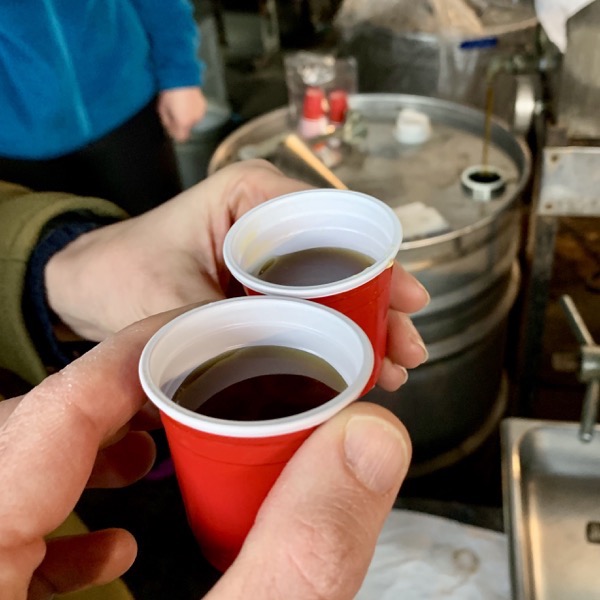
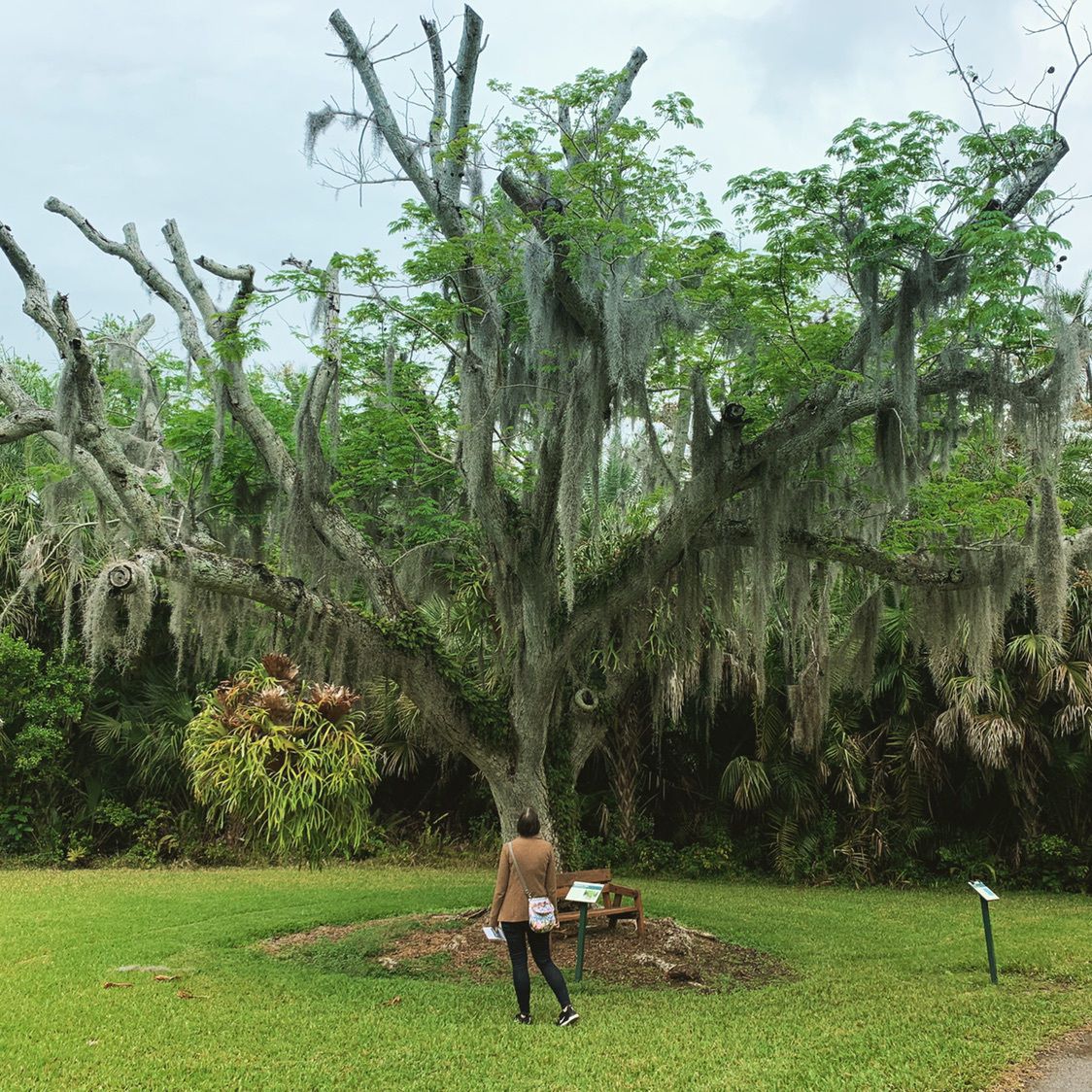

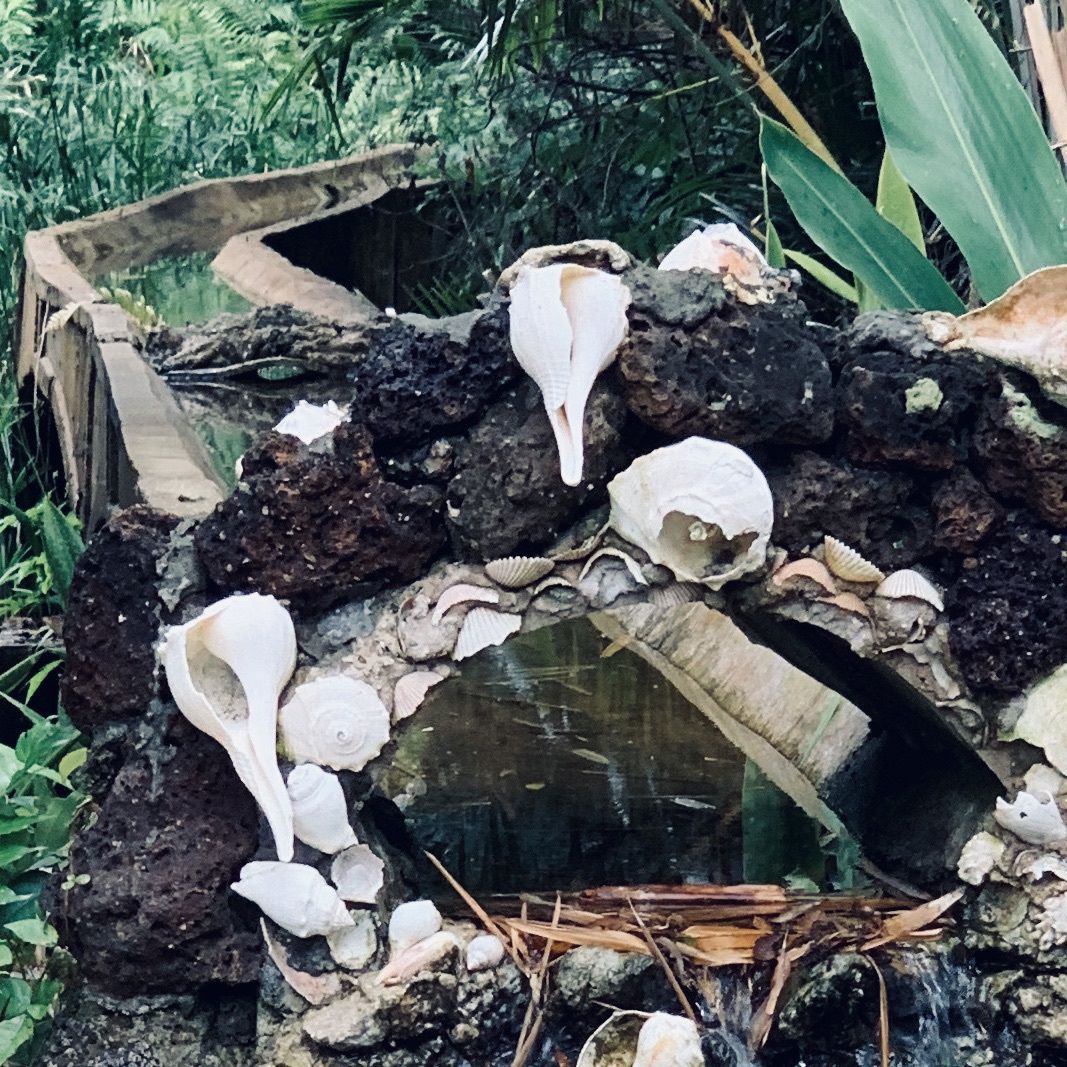
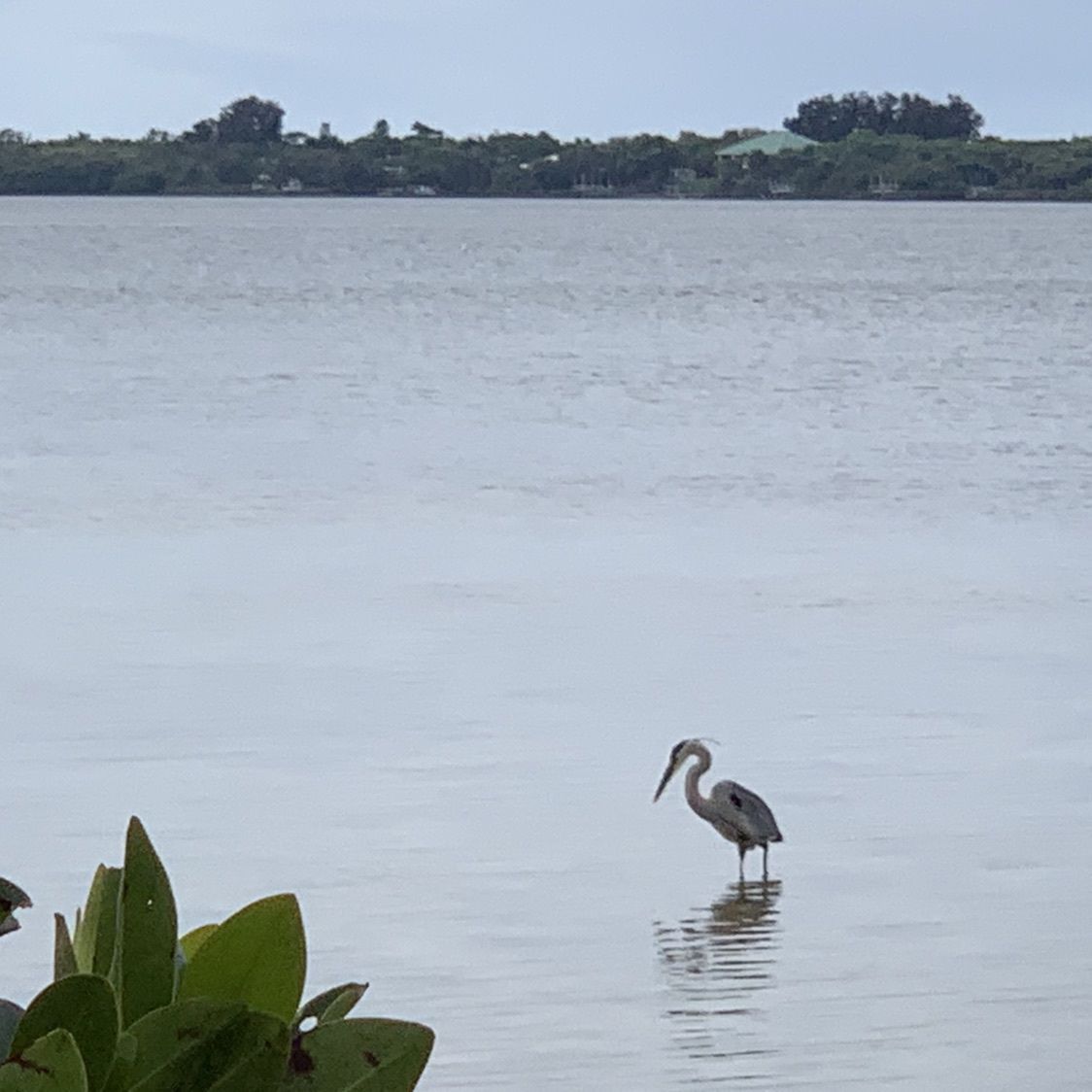

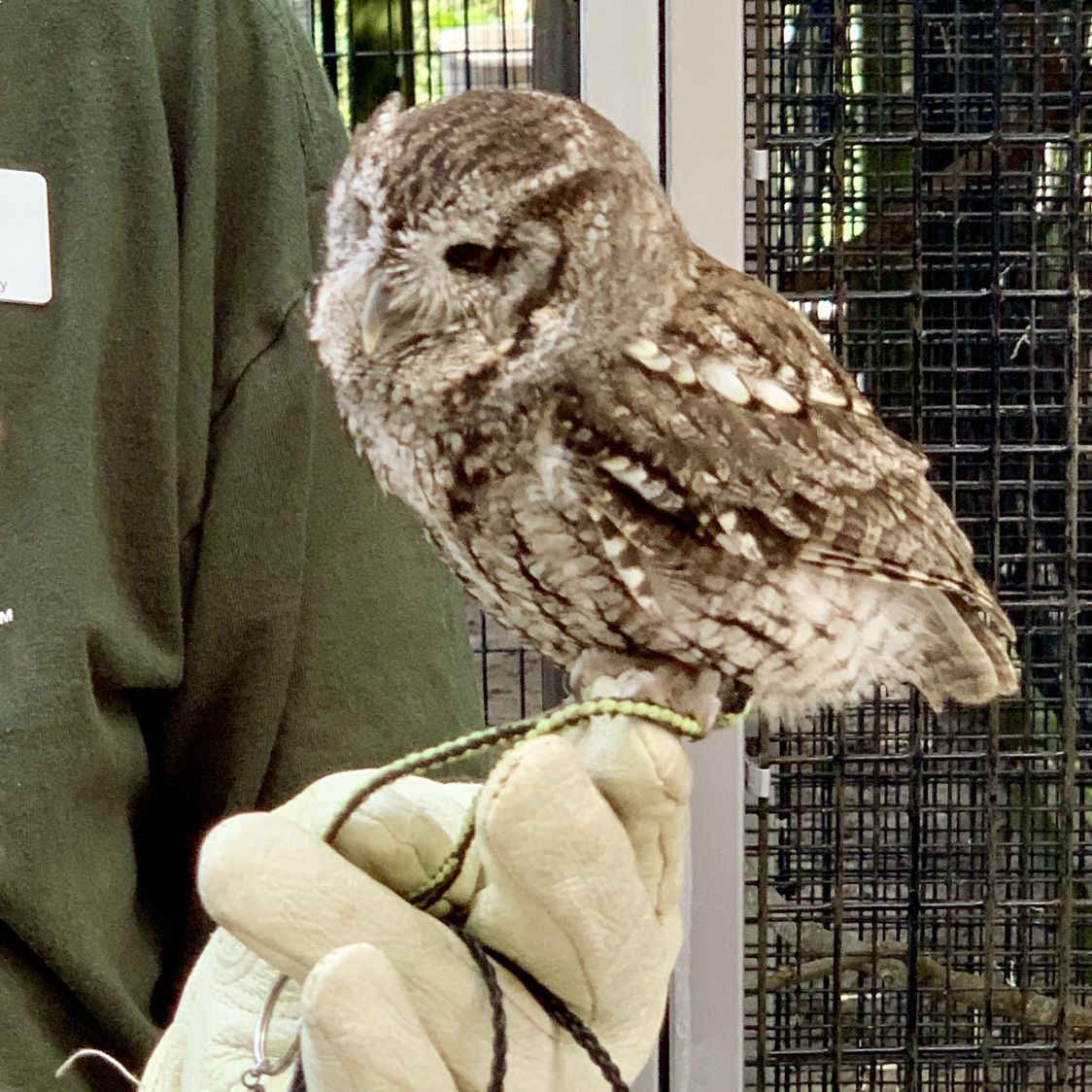
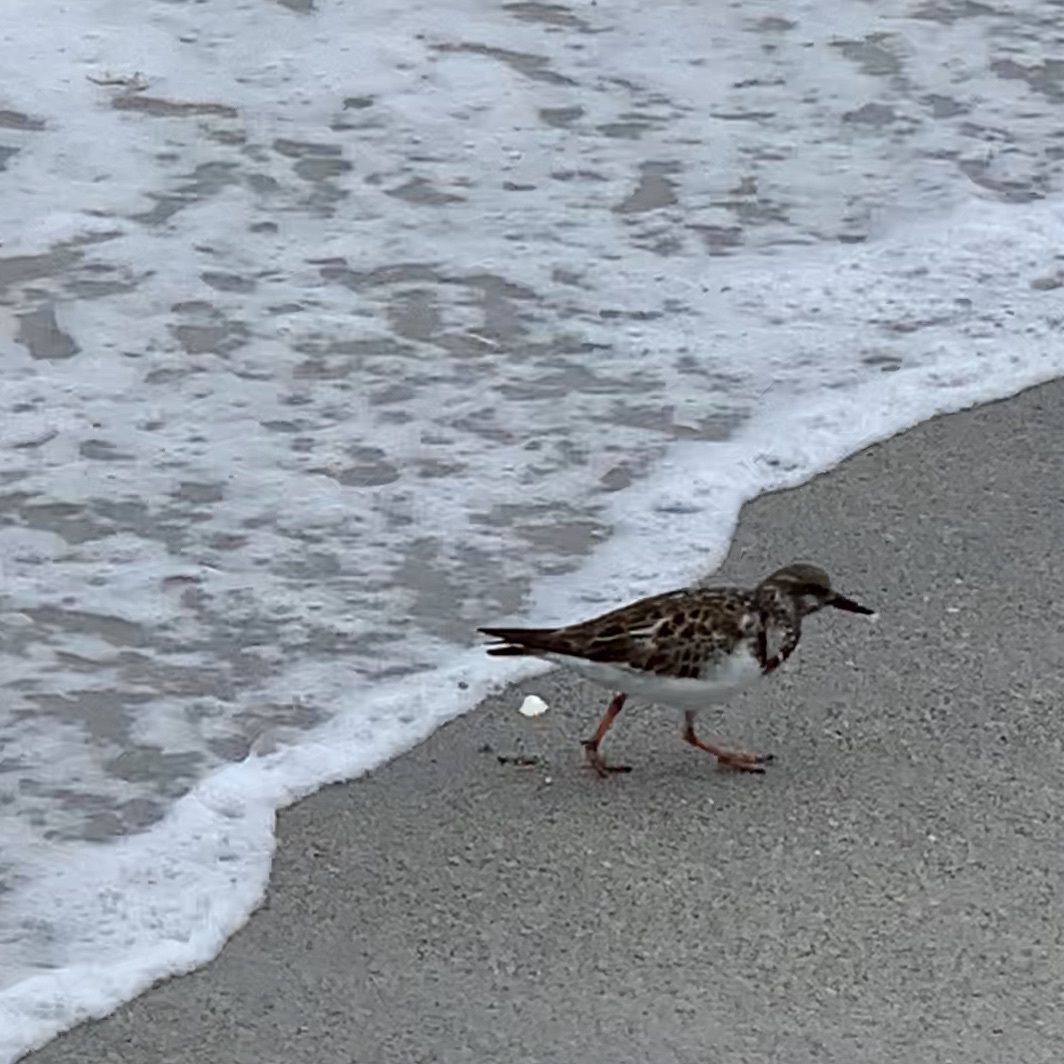

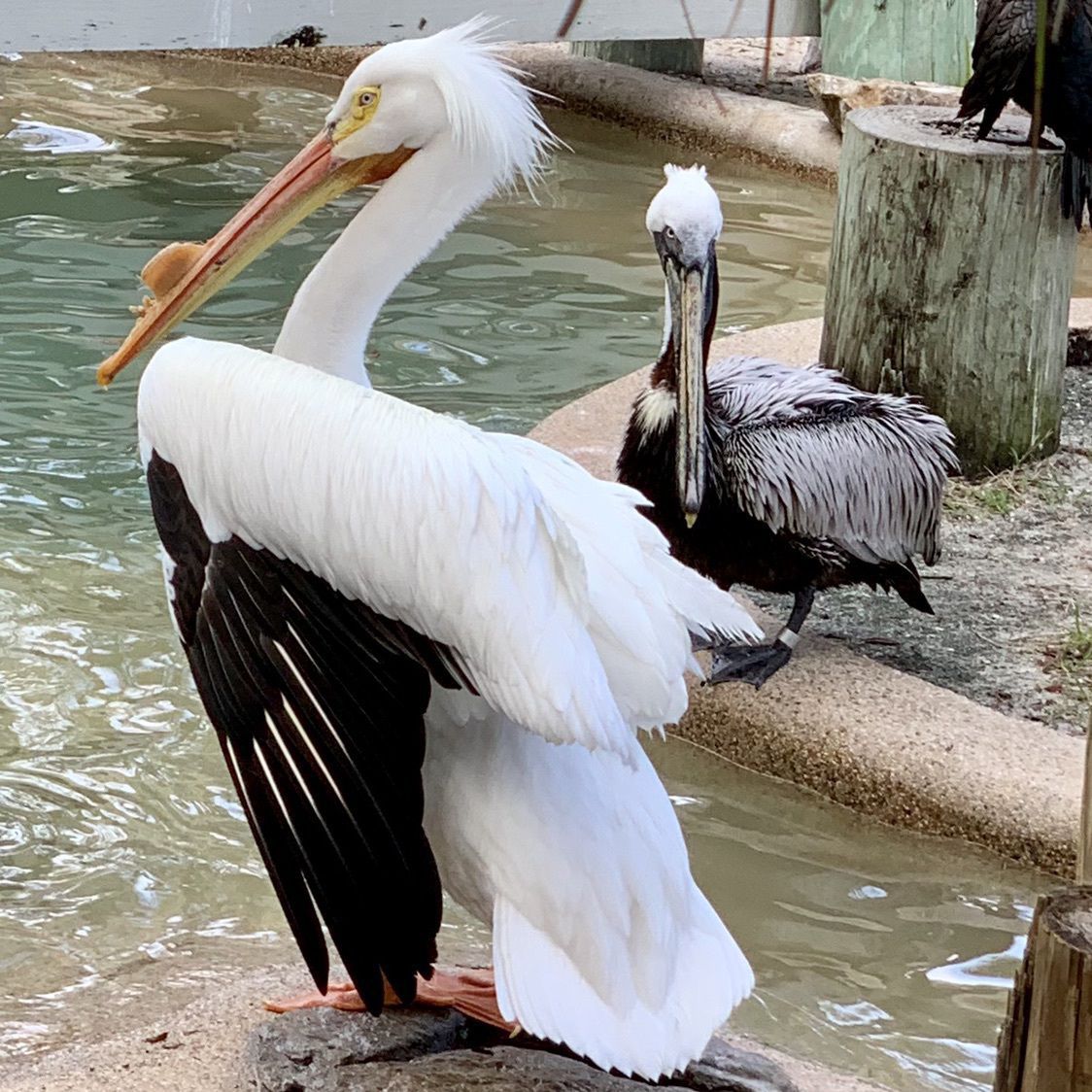
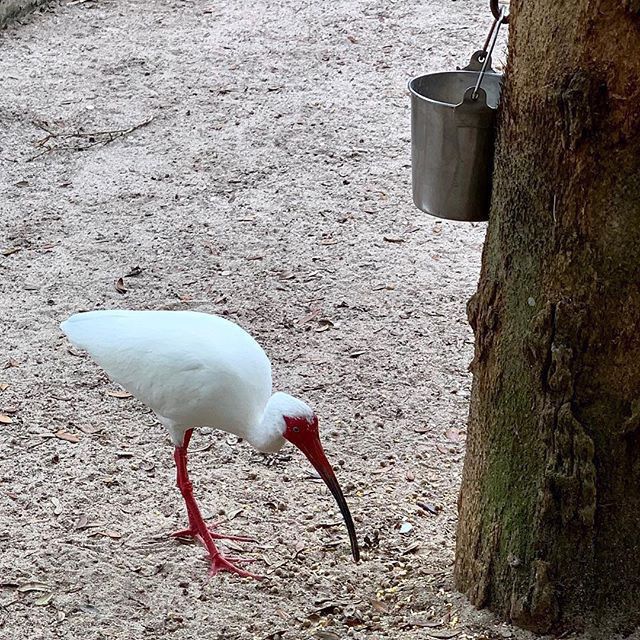
![mp-photo-alt[]=](https://social.joshuabeatty.info/uploads/2019/10a5cf1148.jpg)


